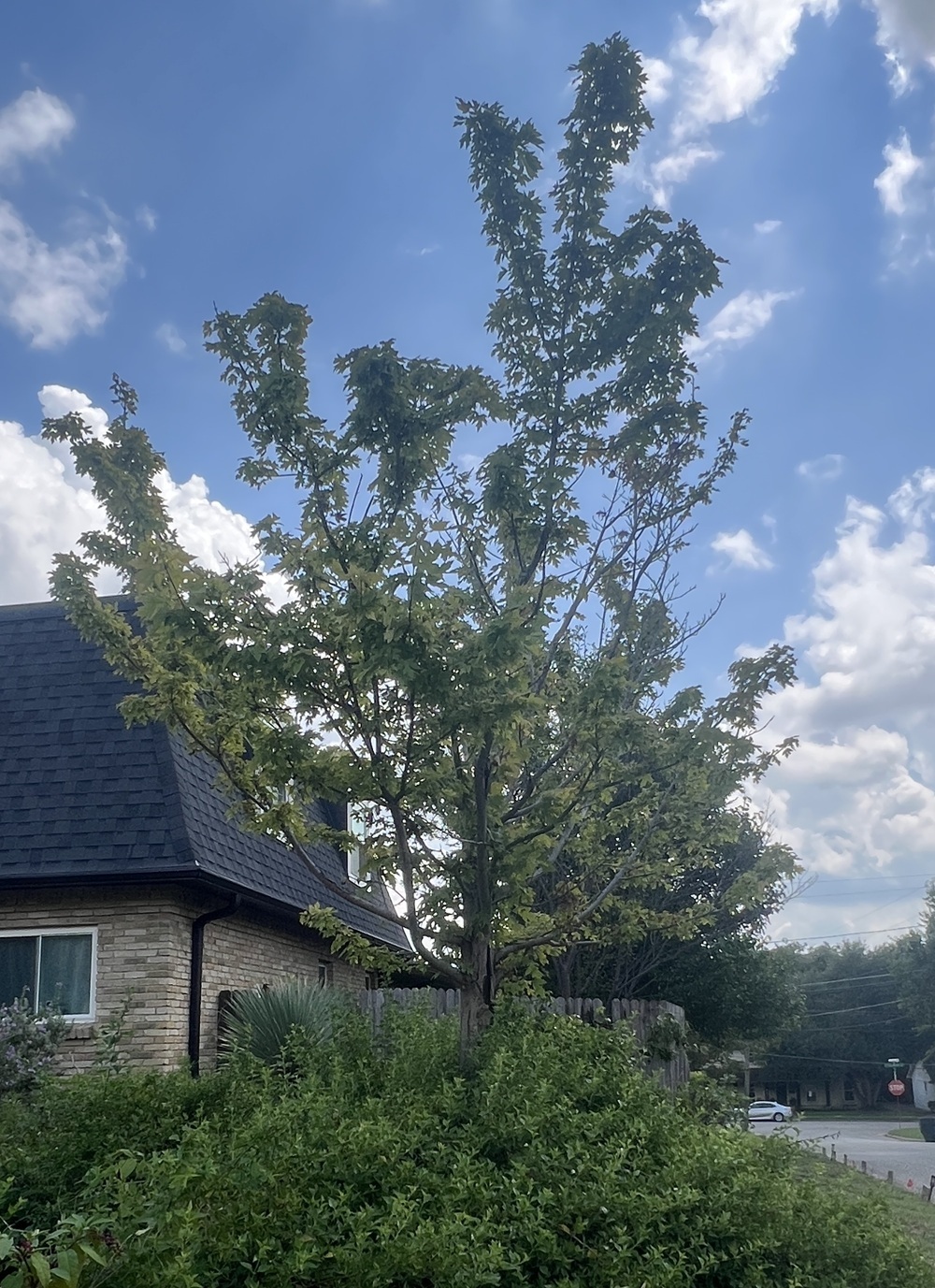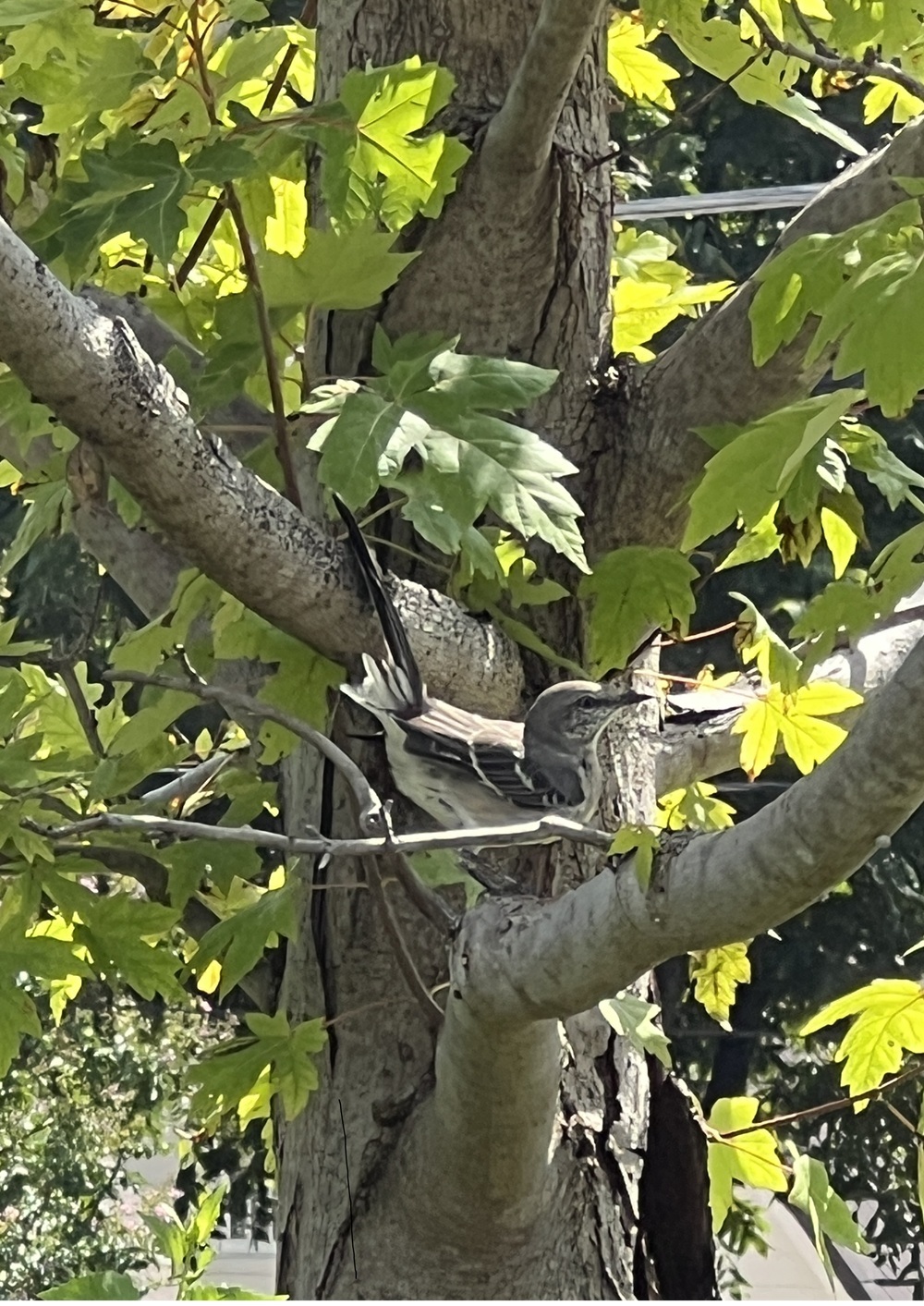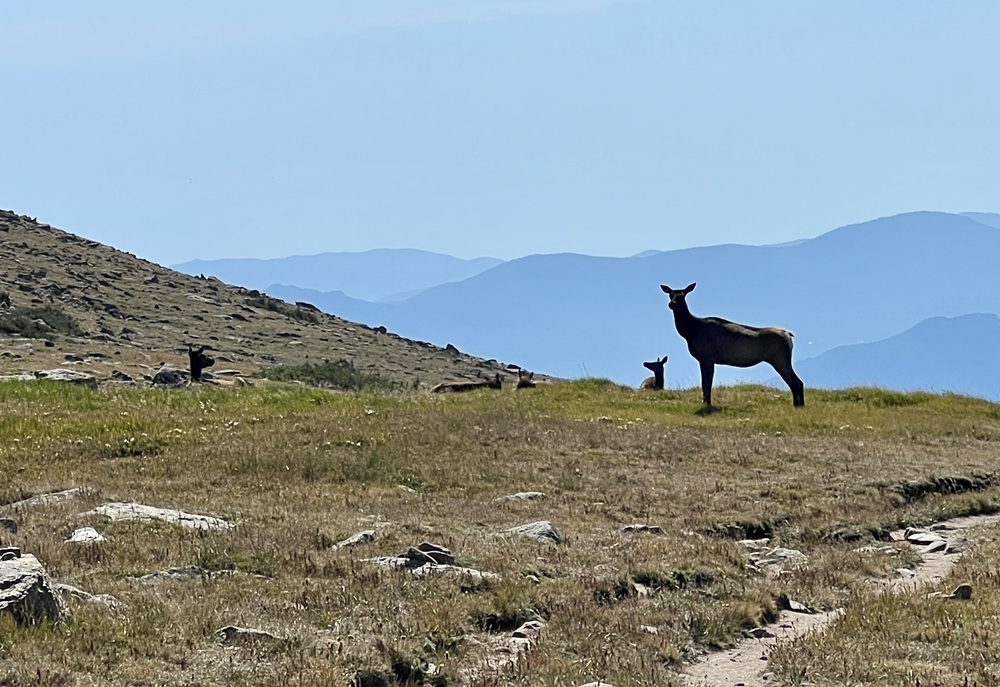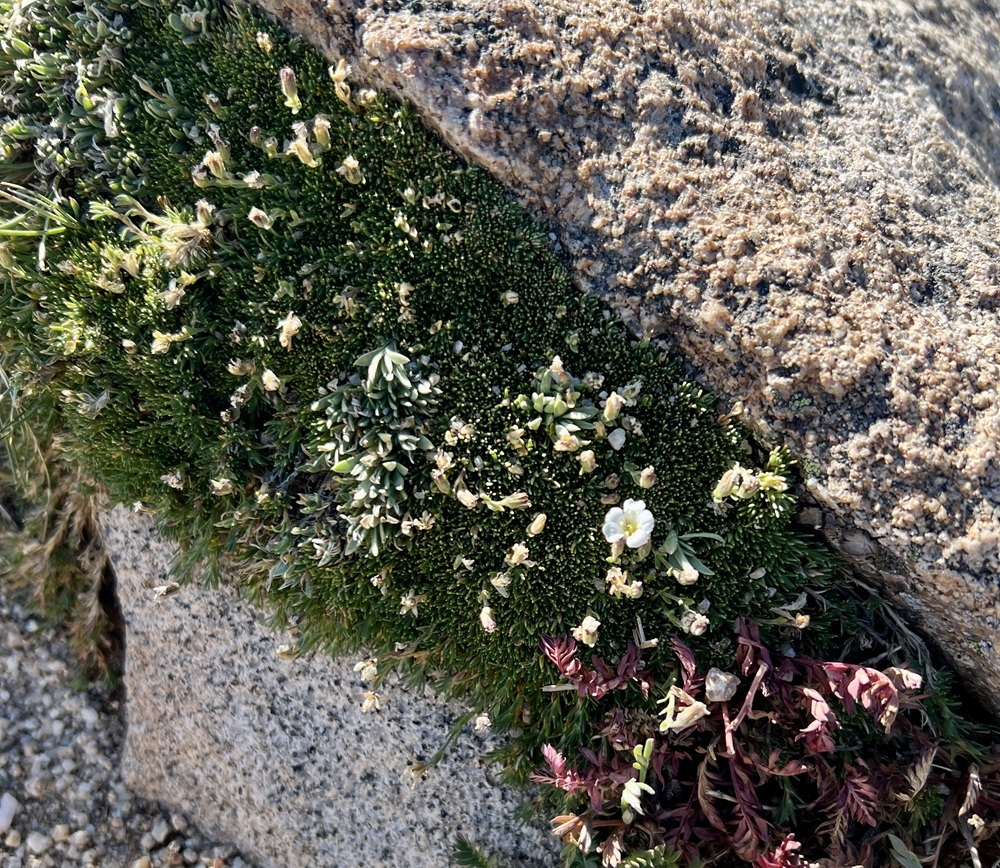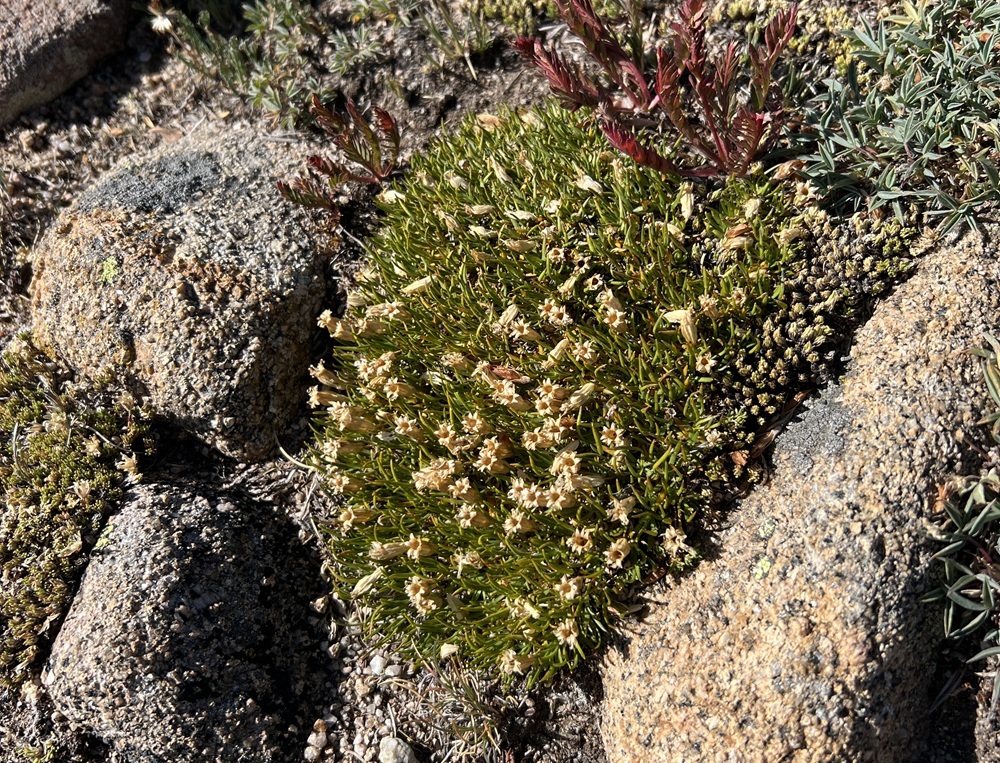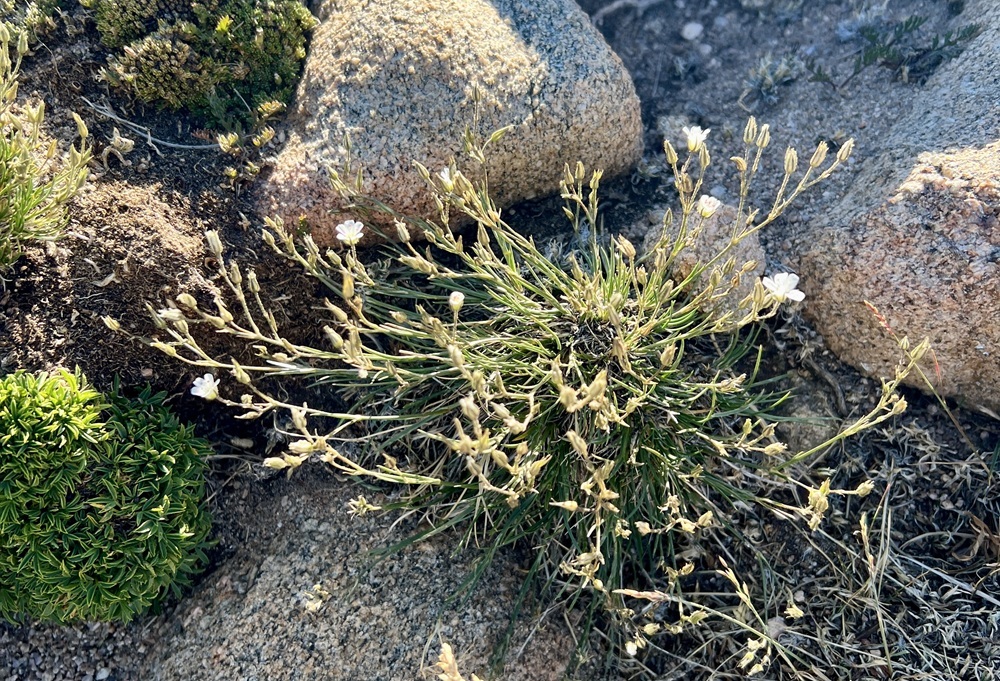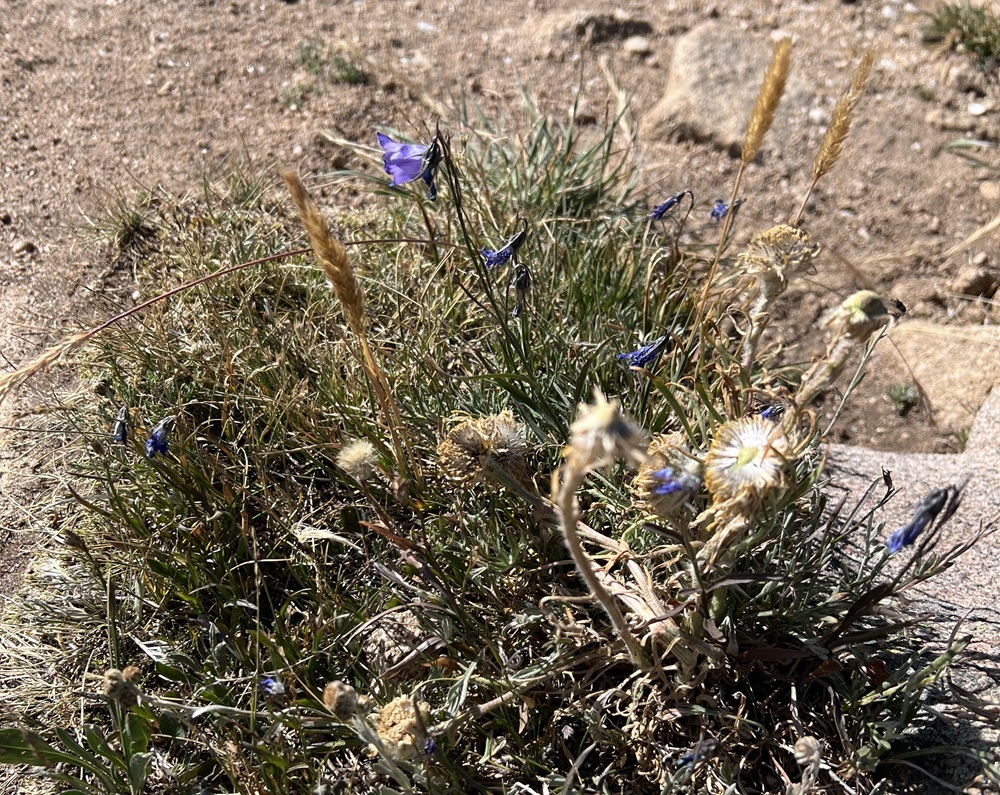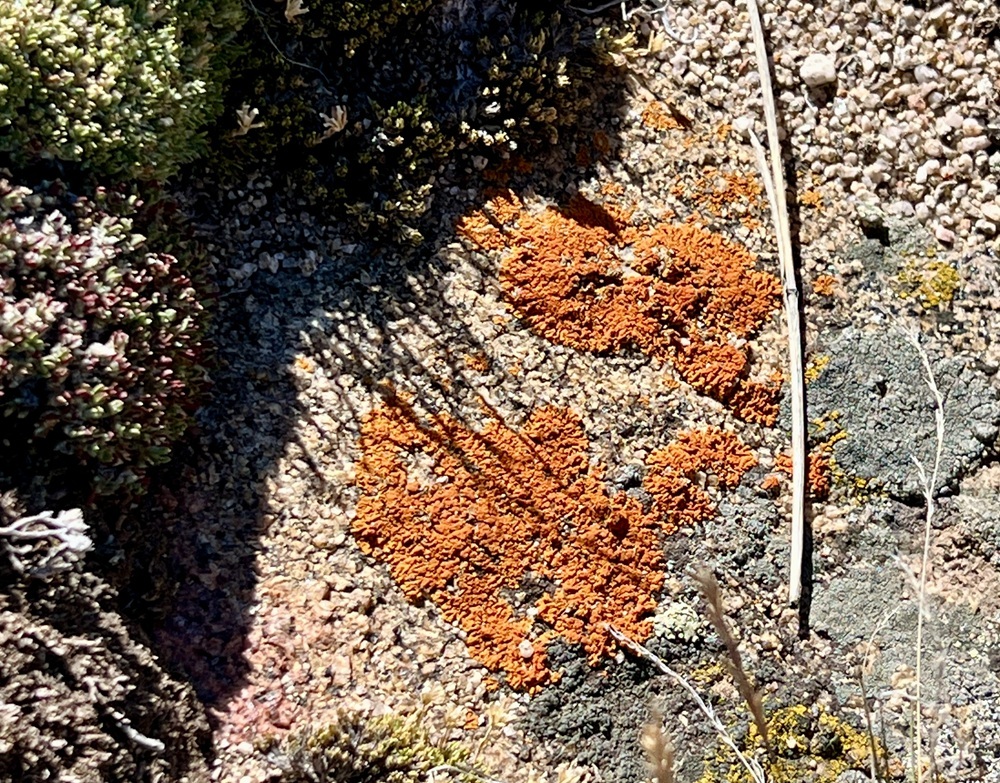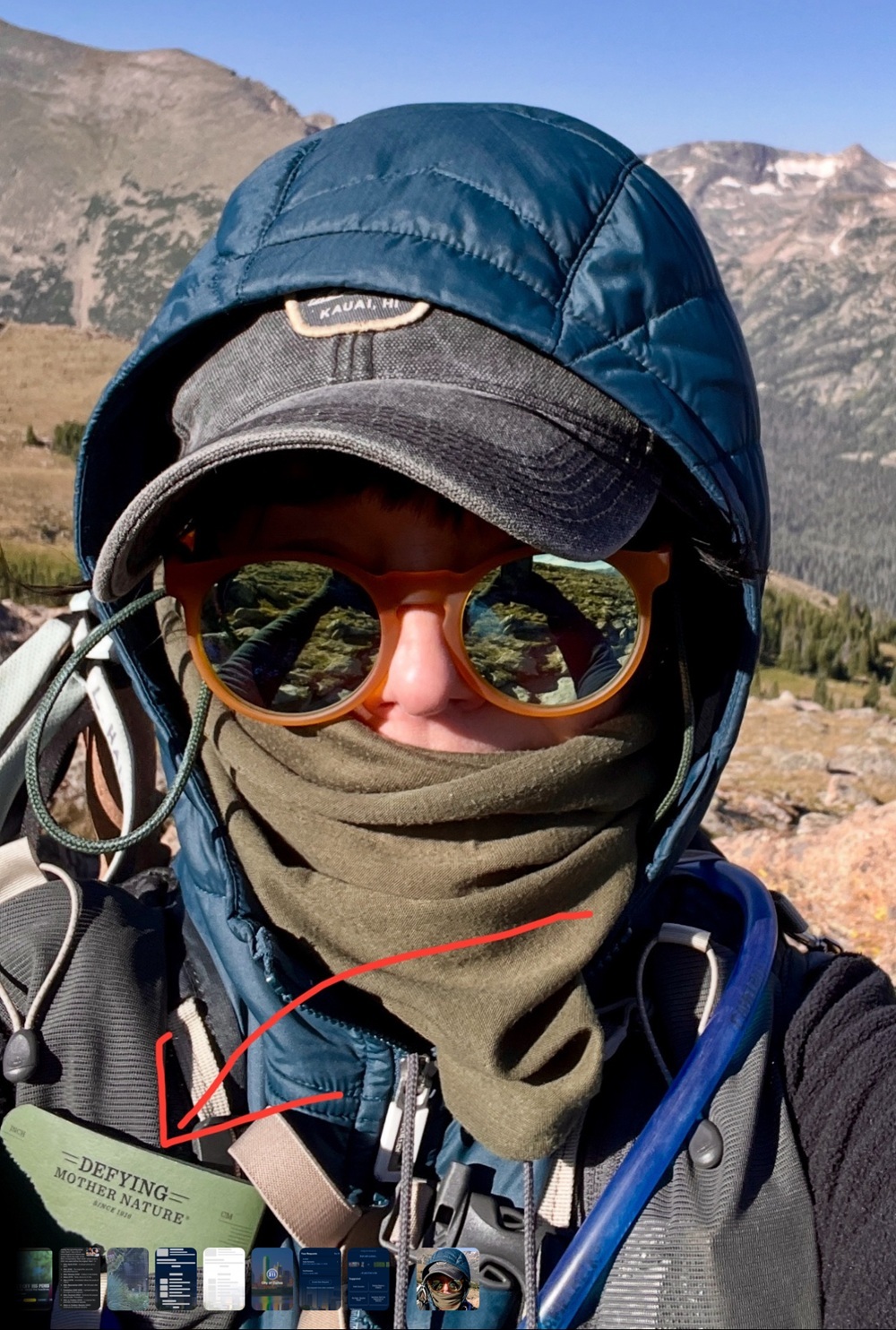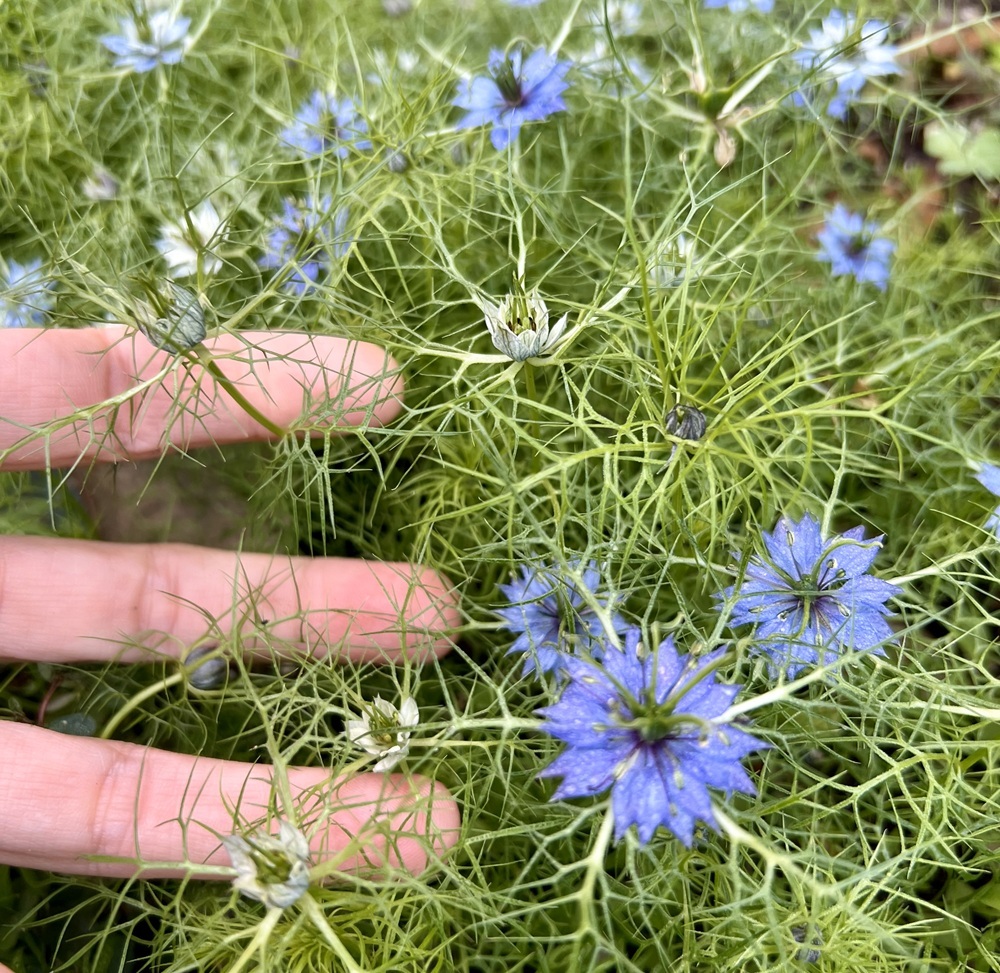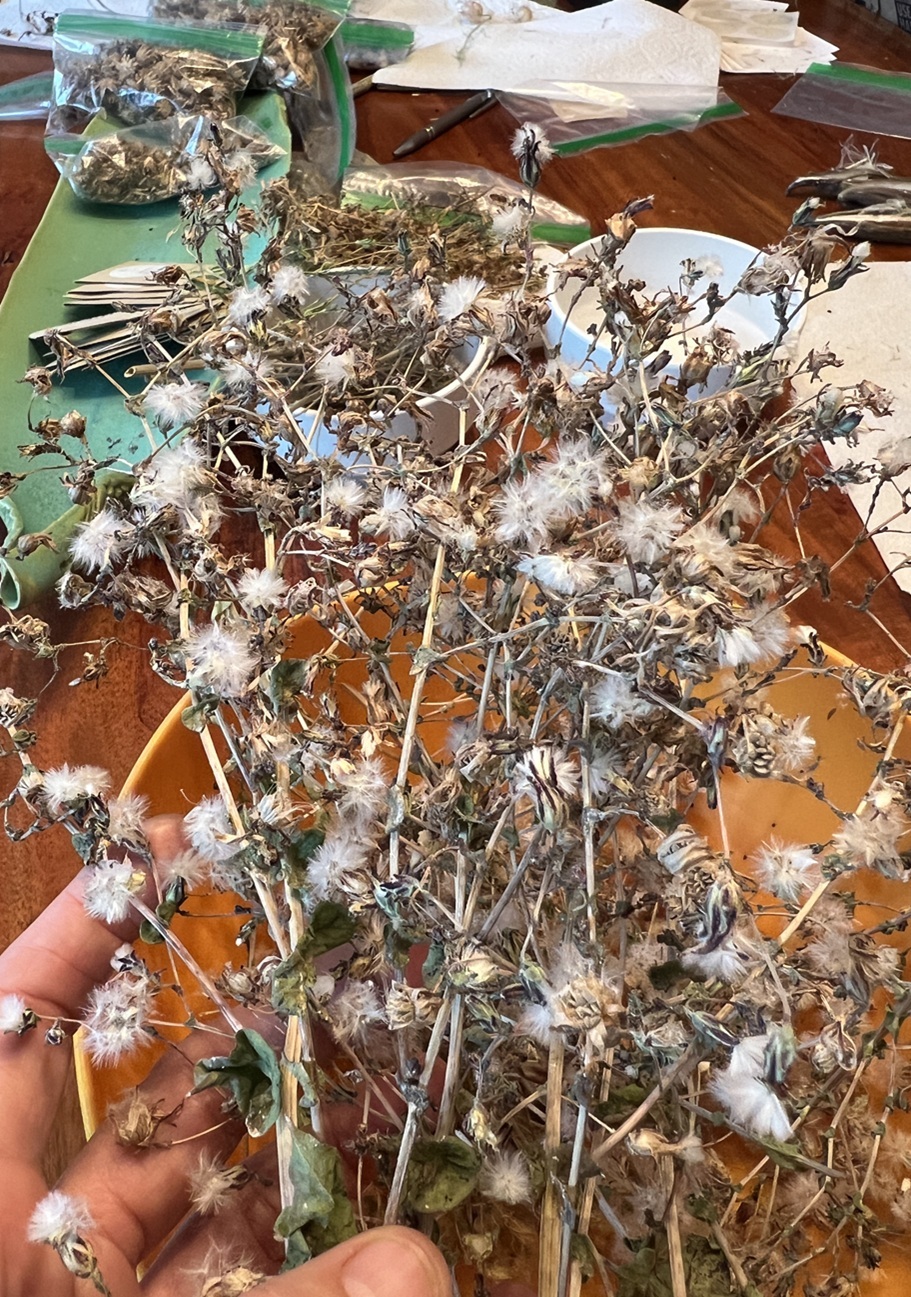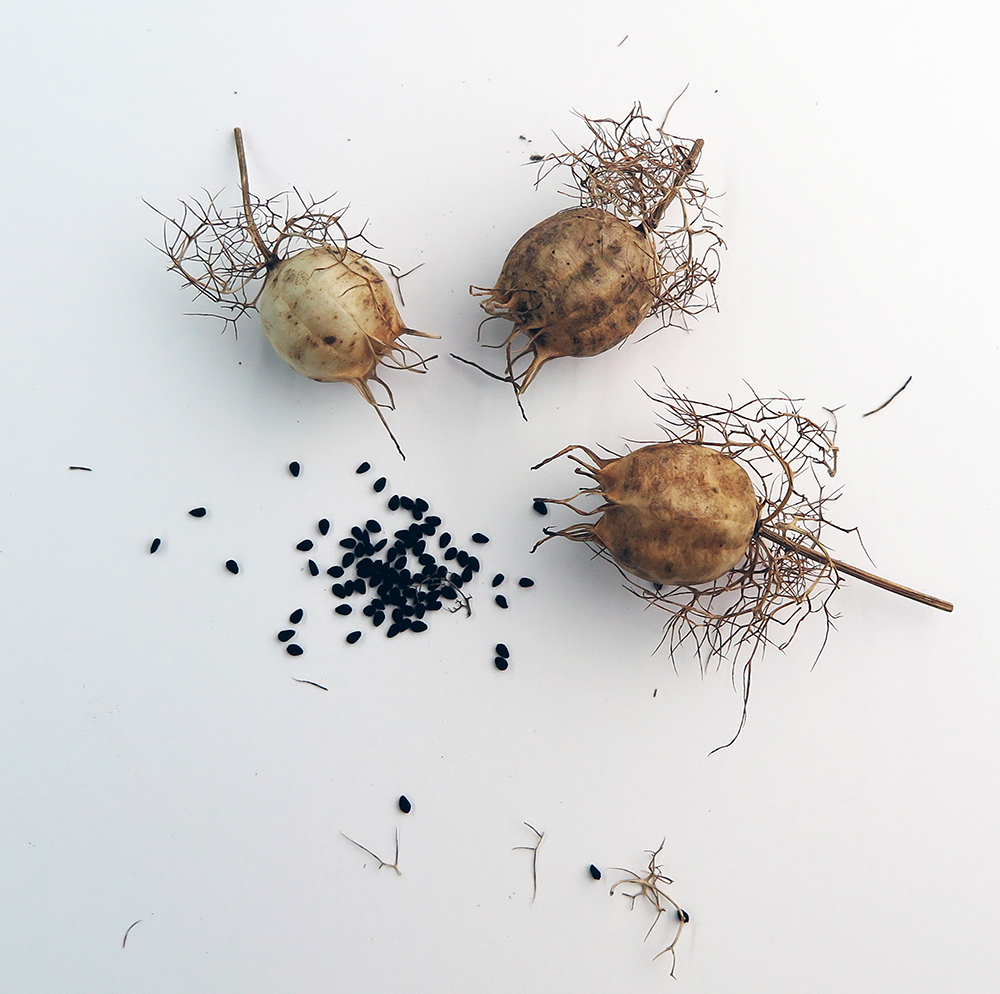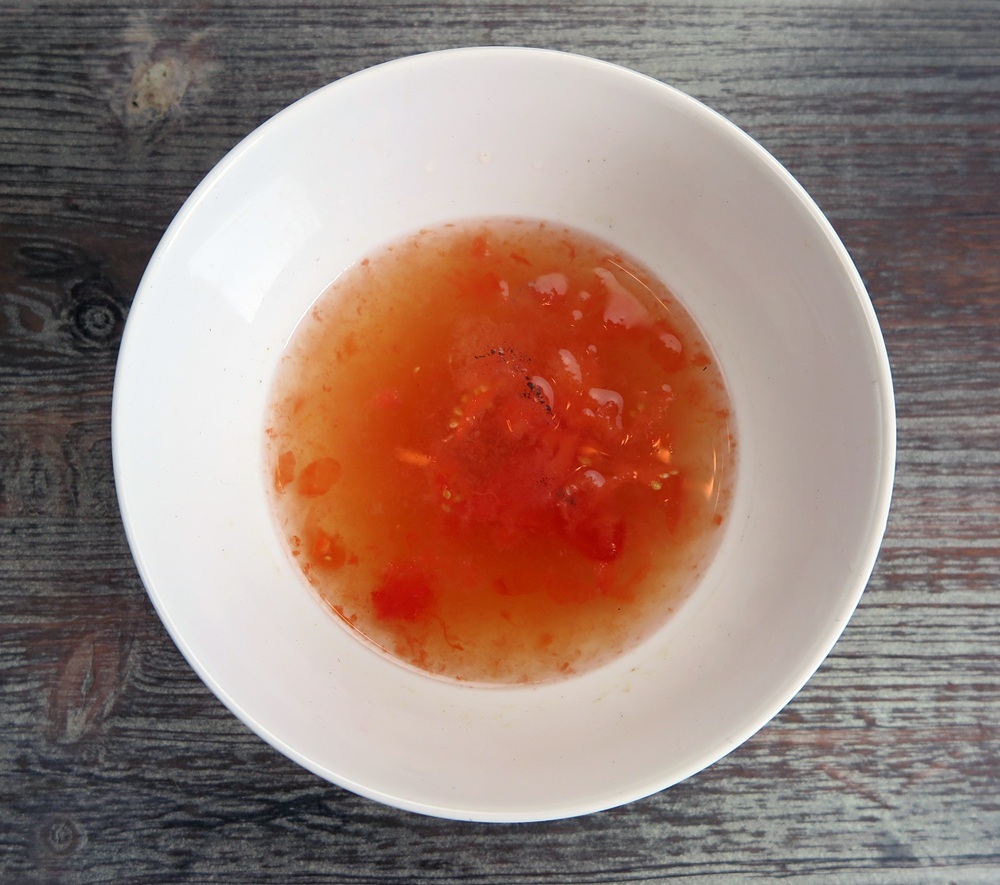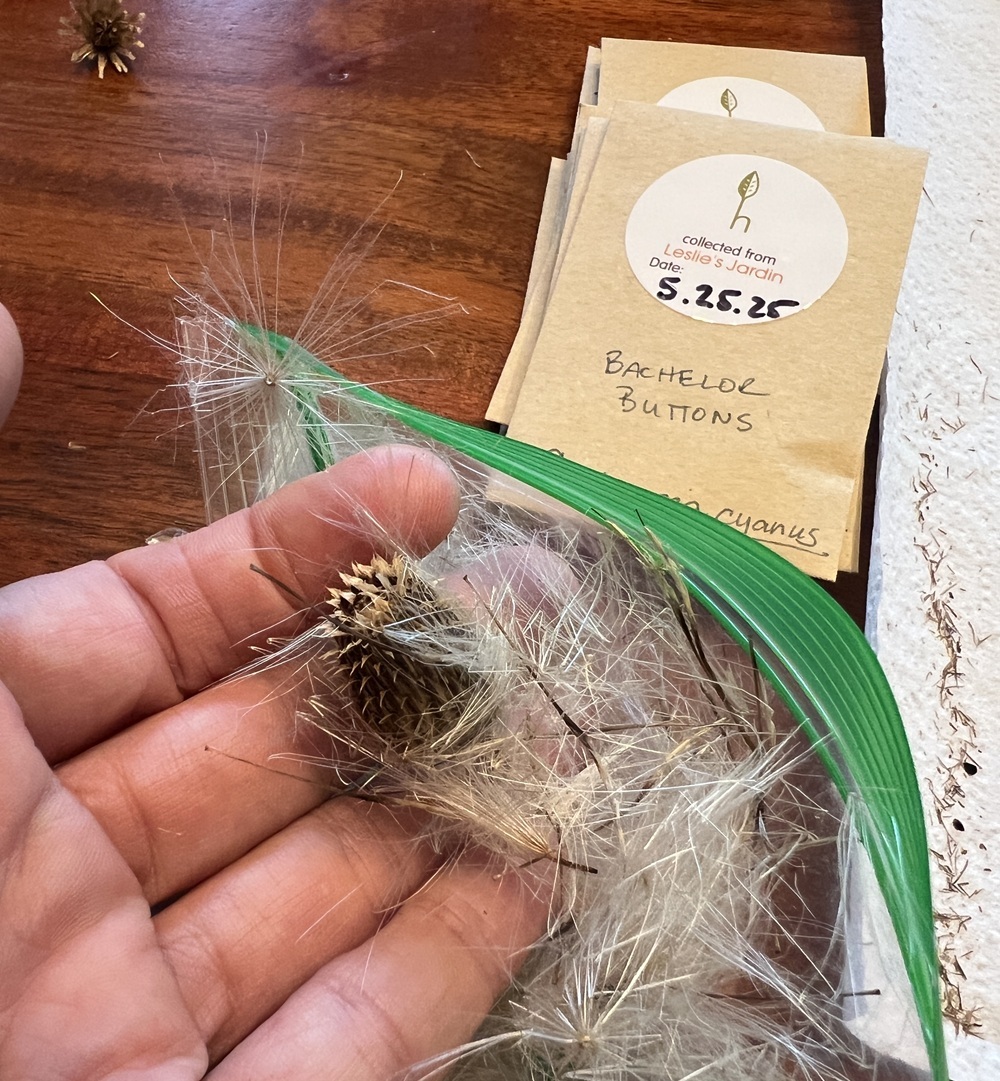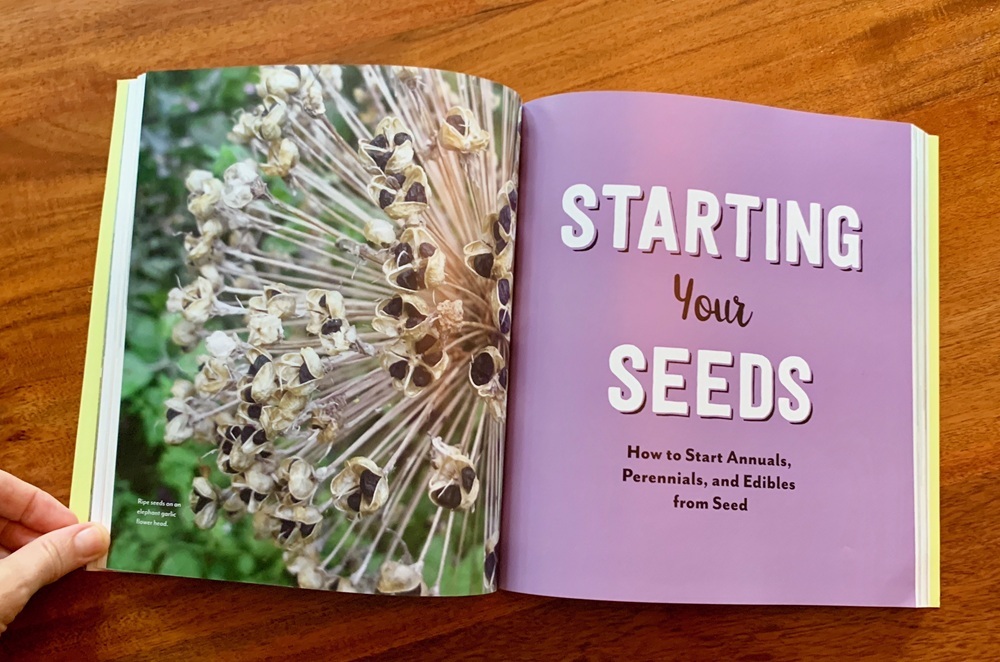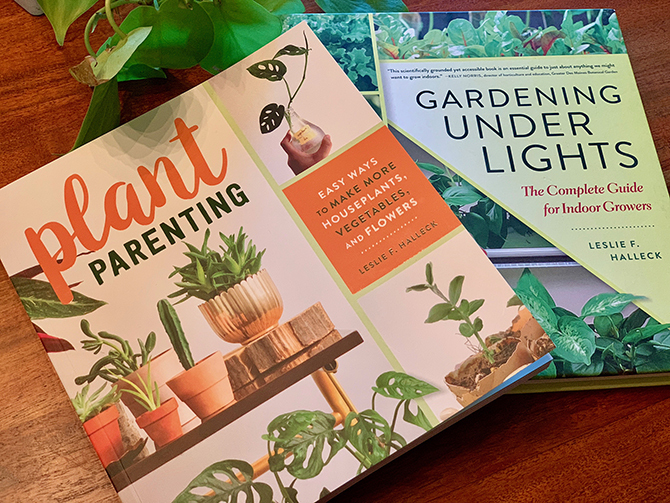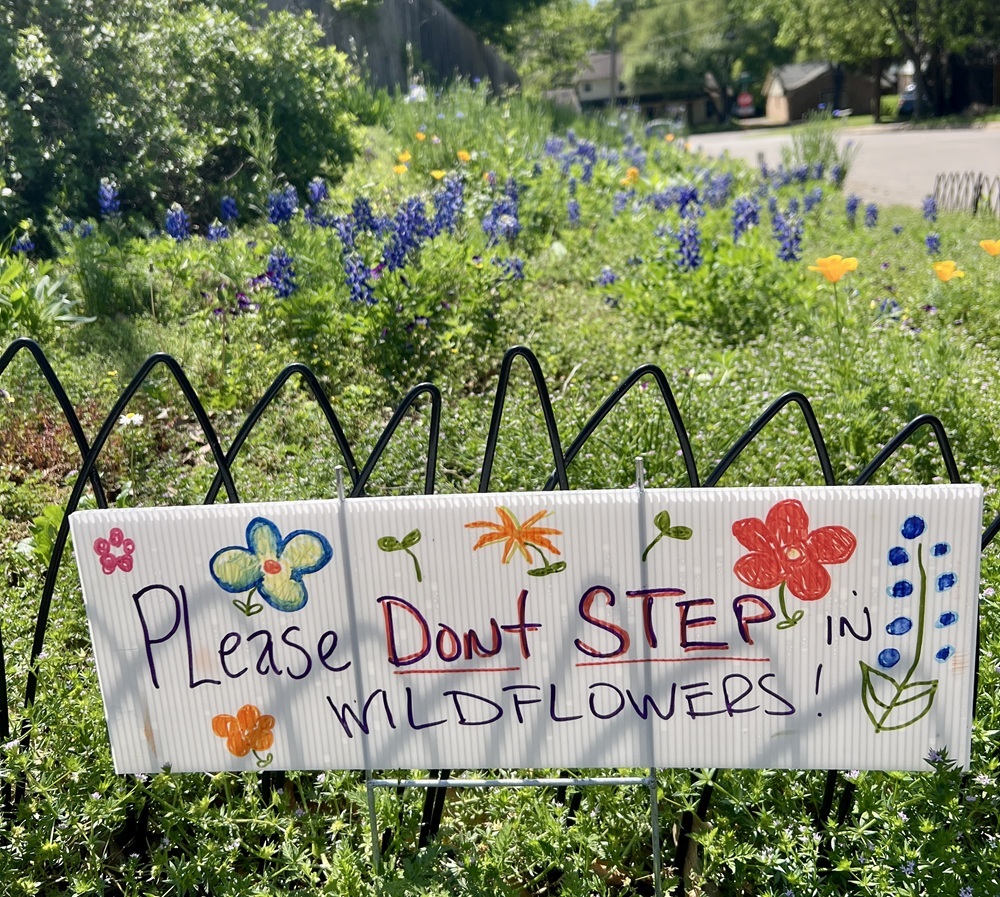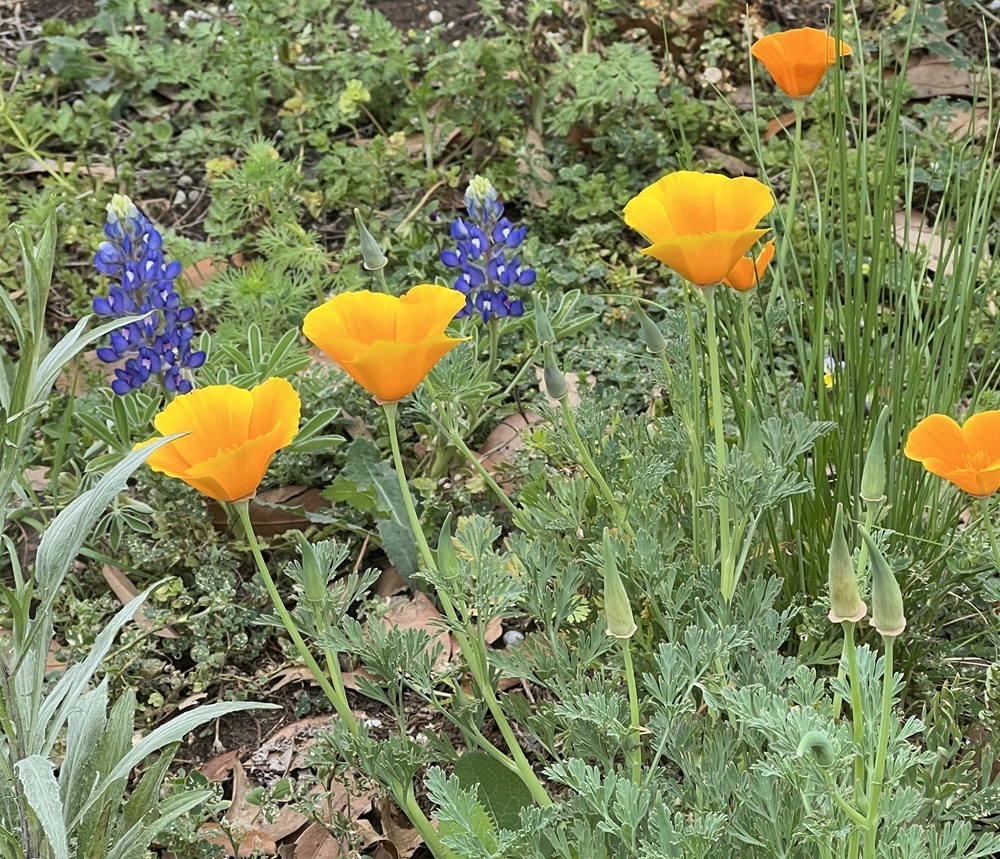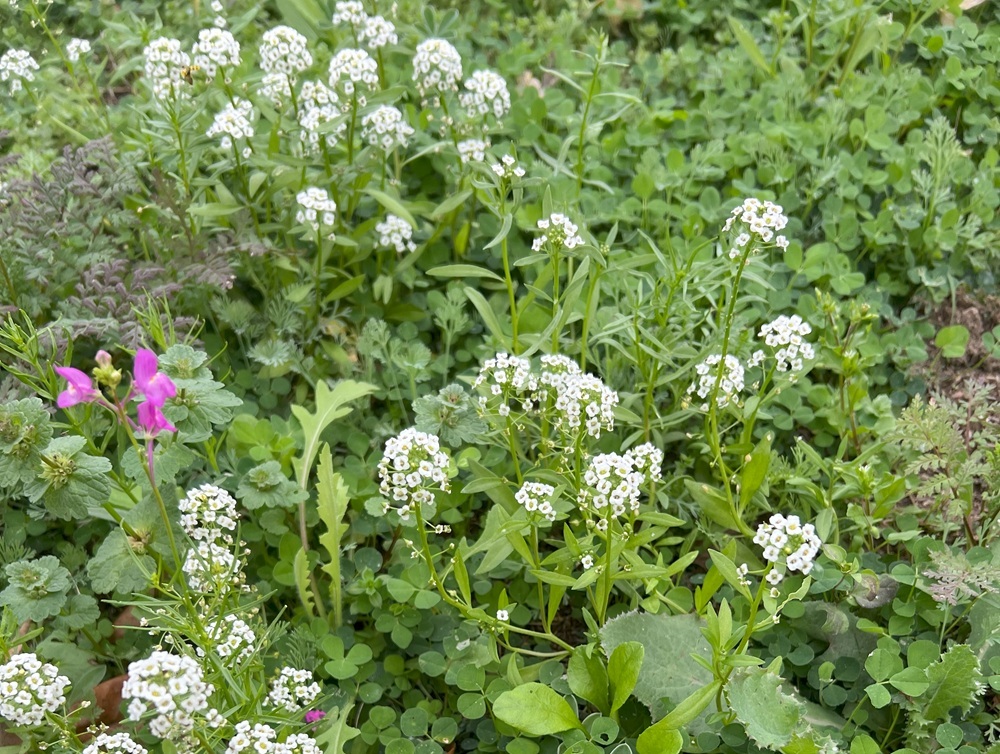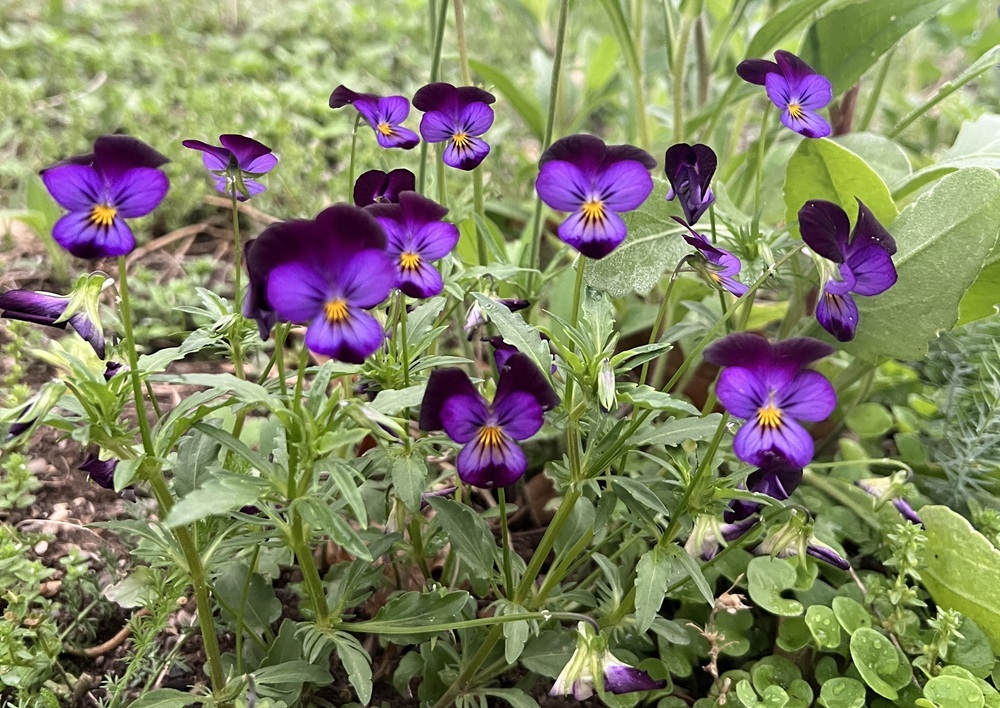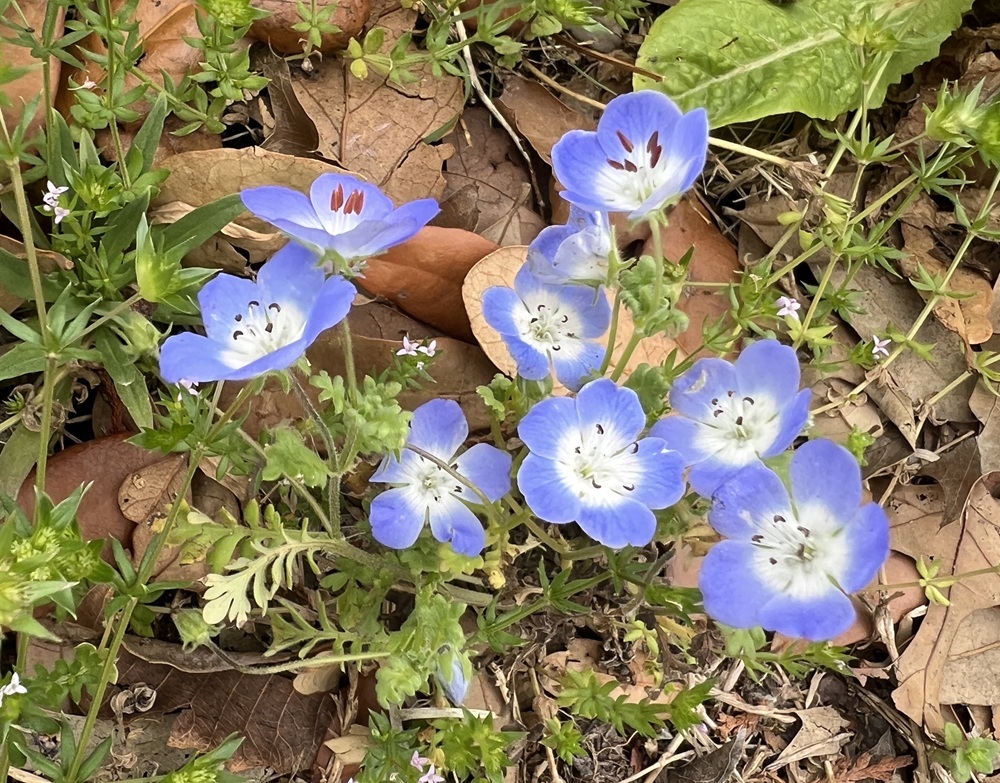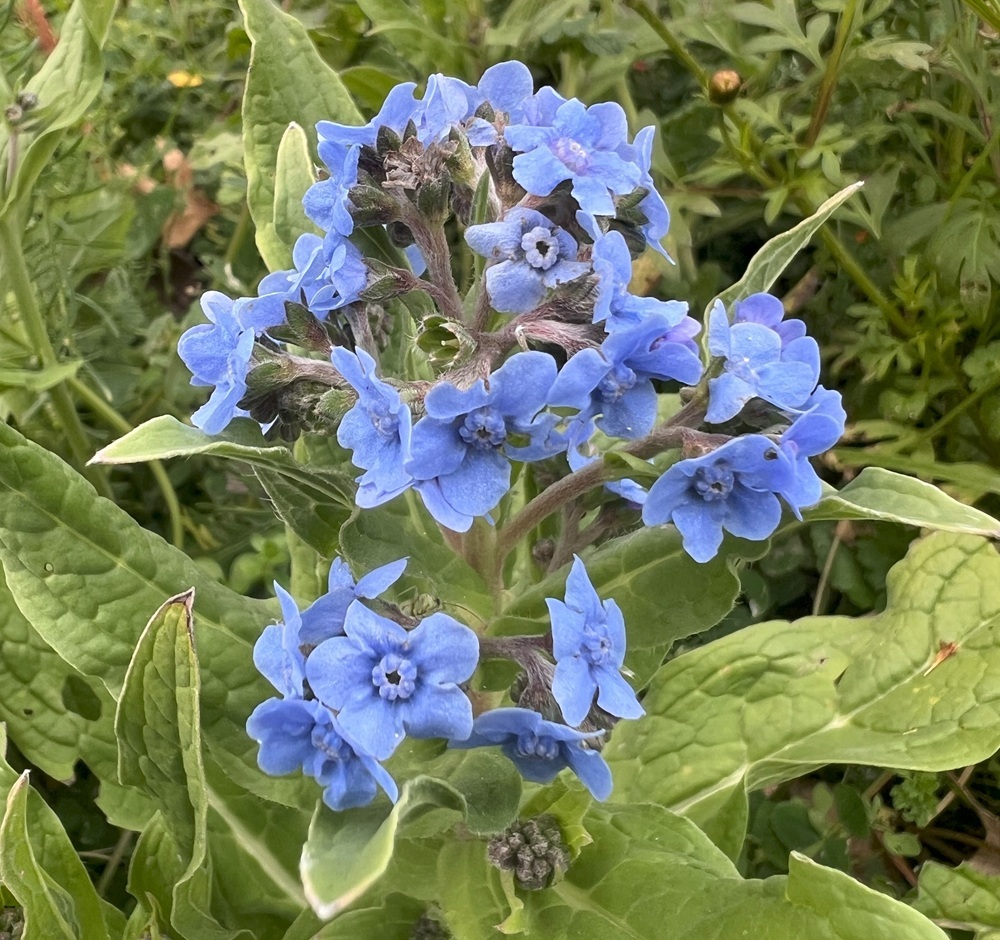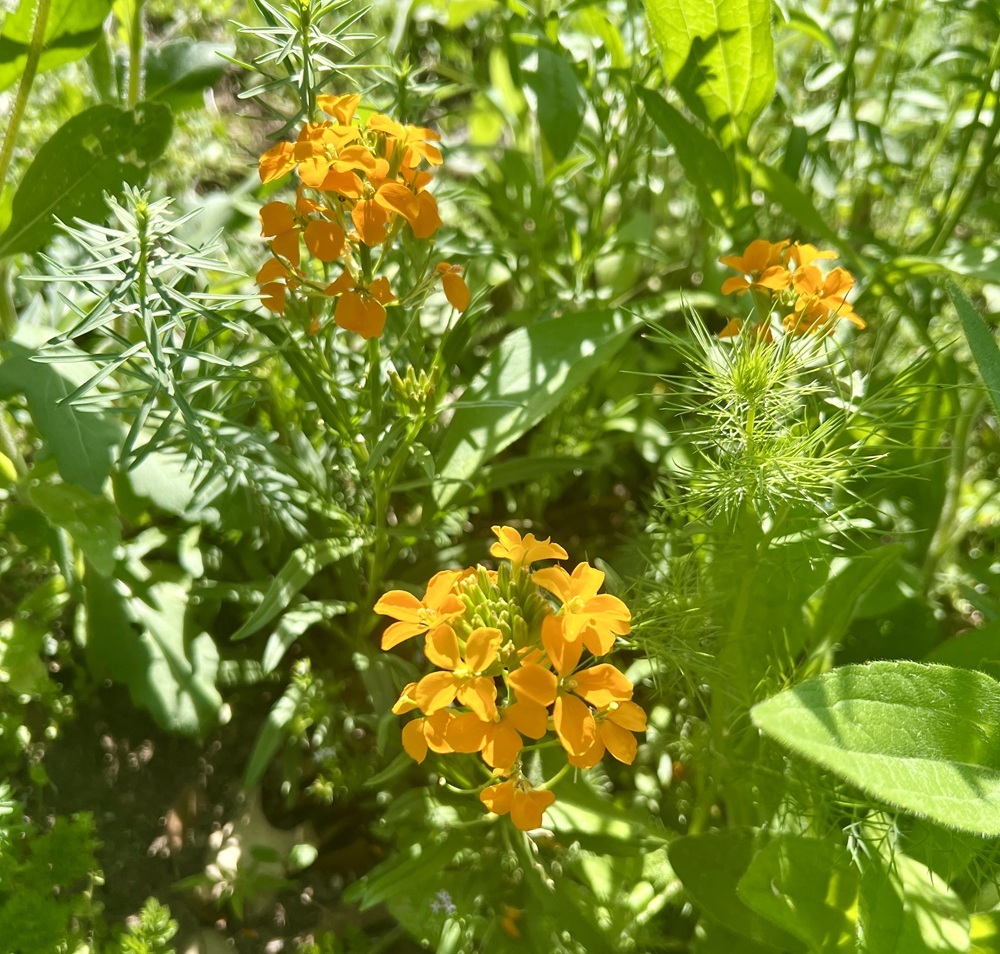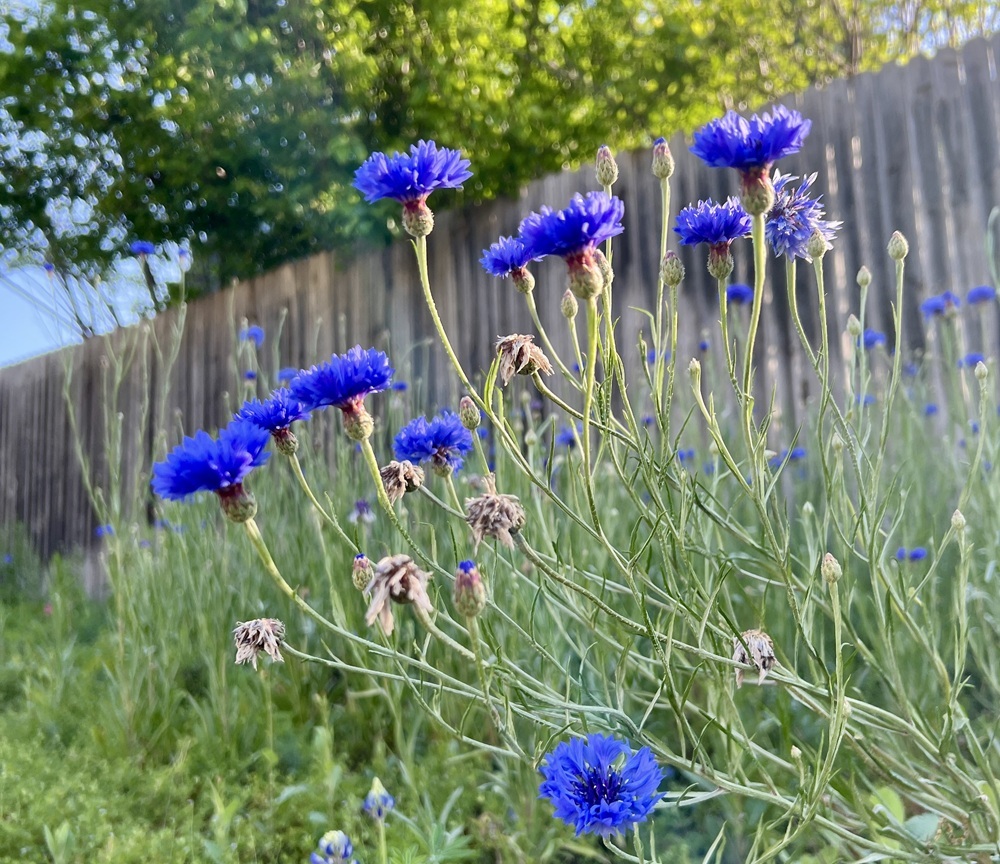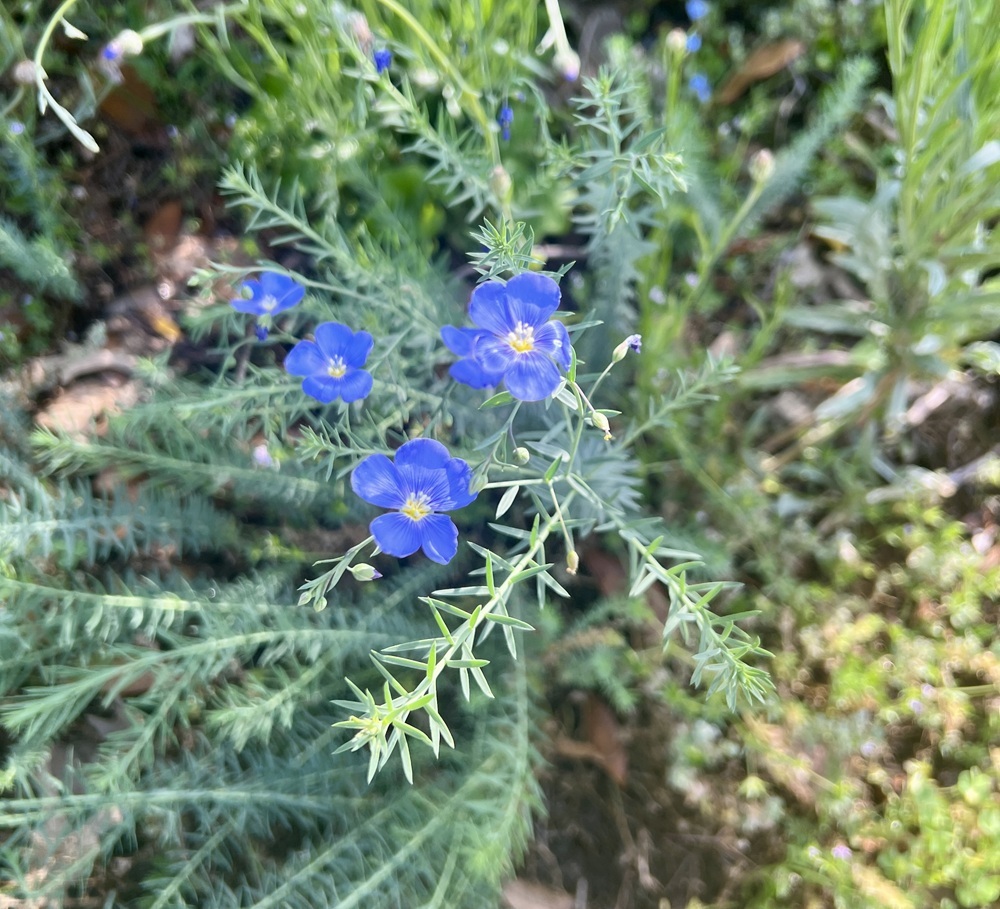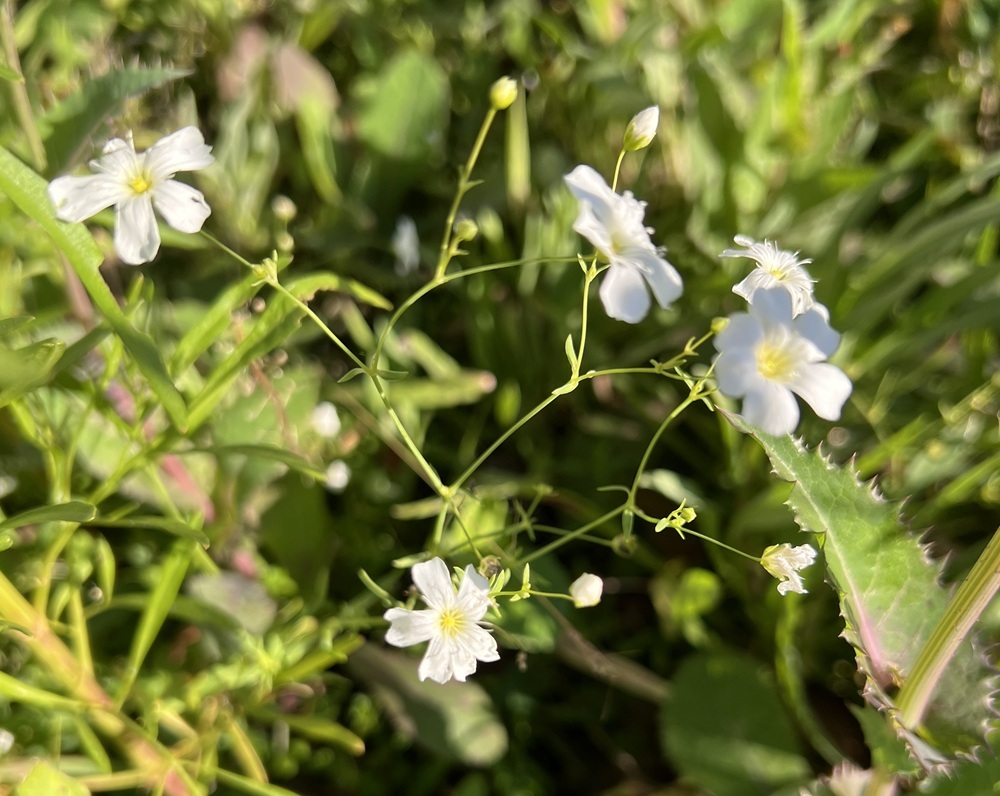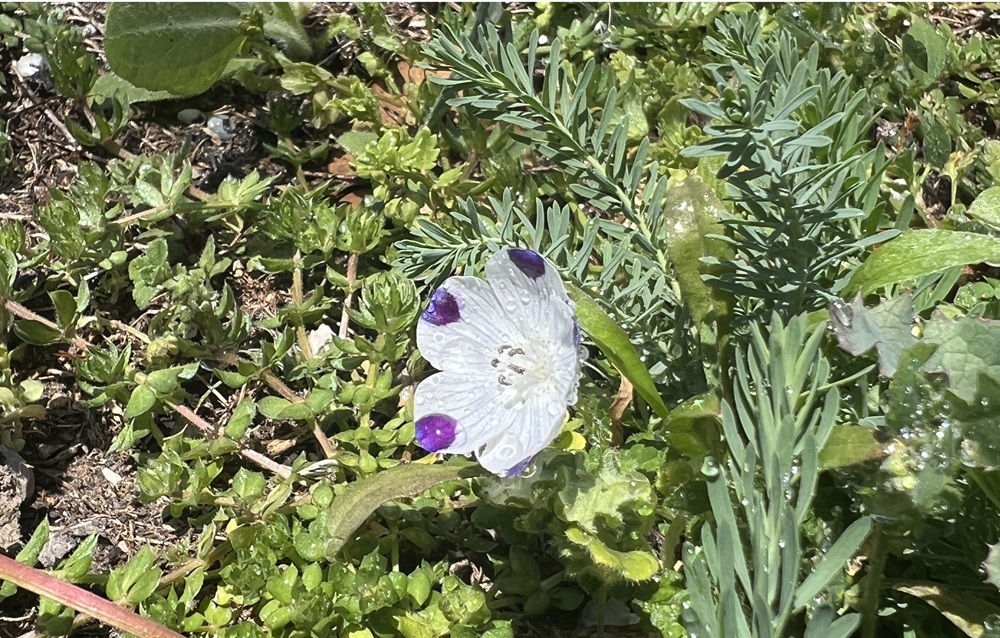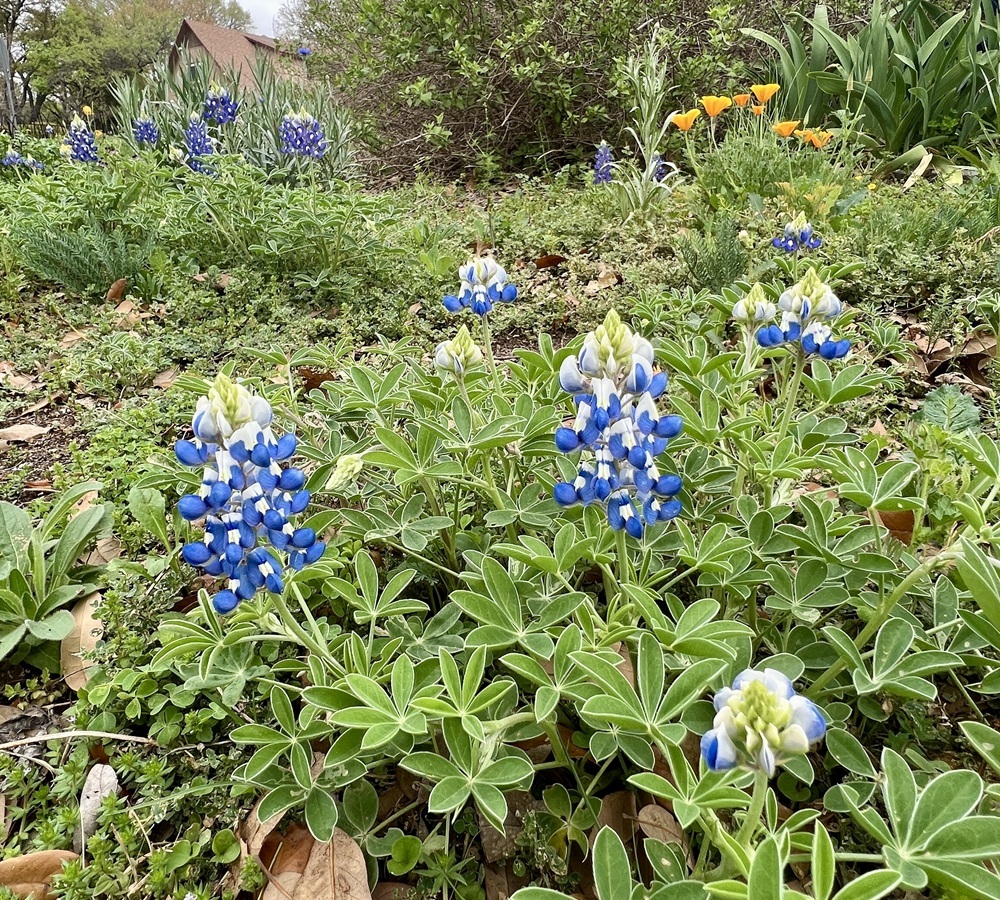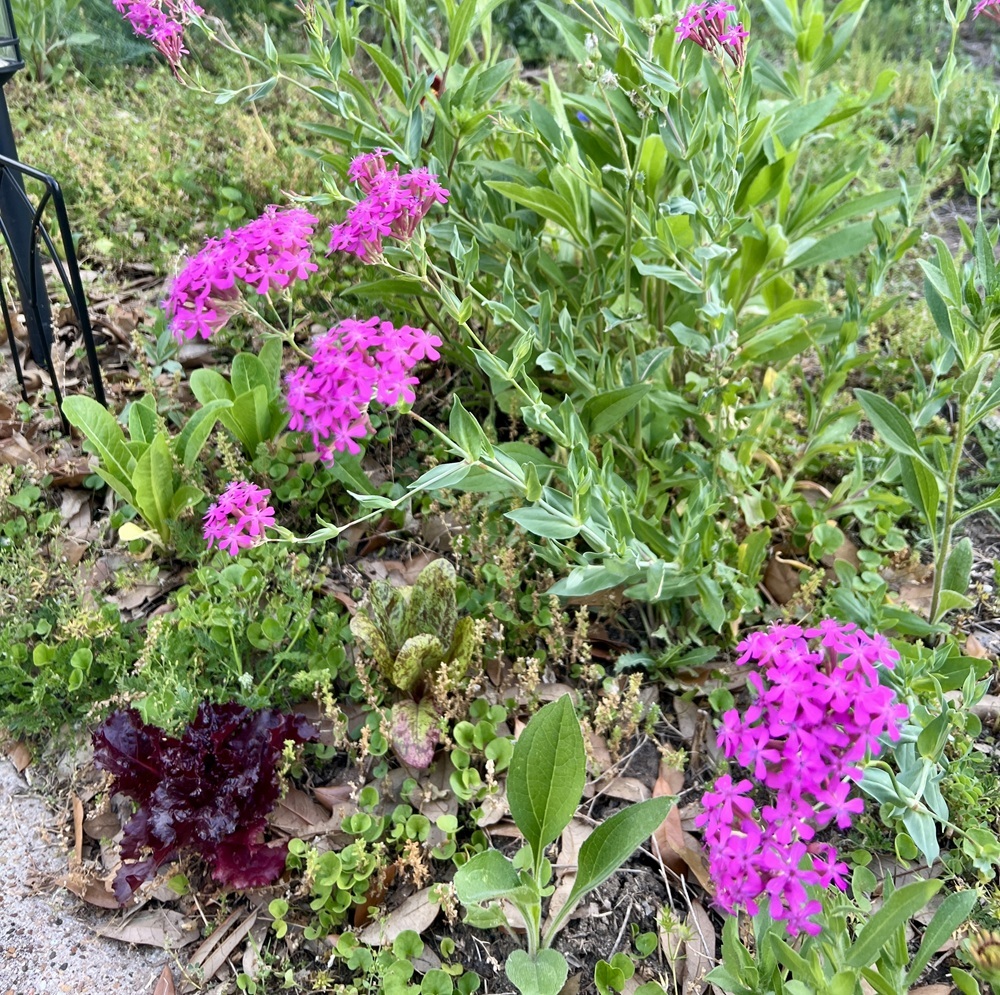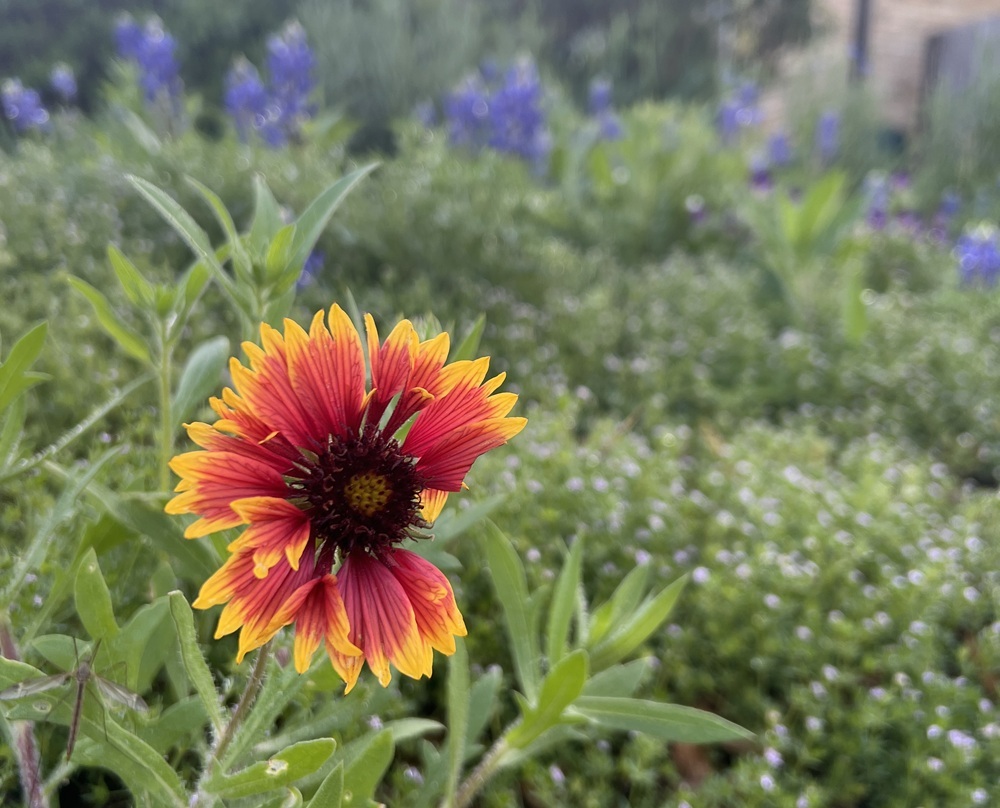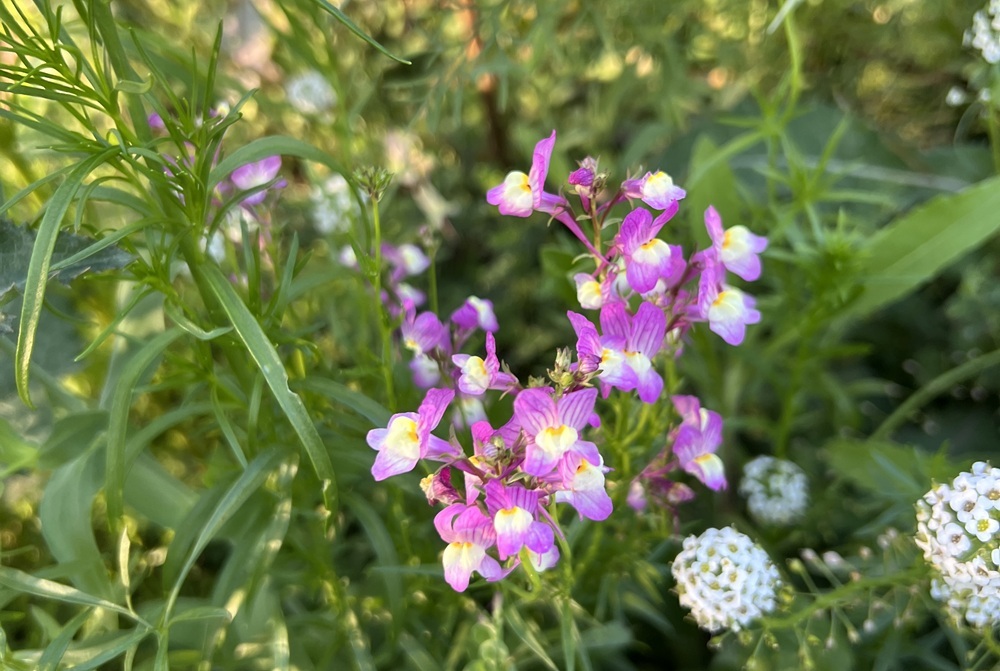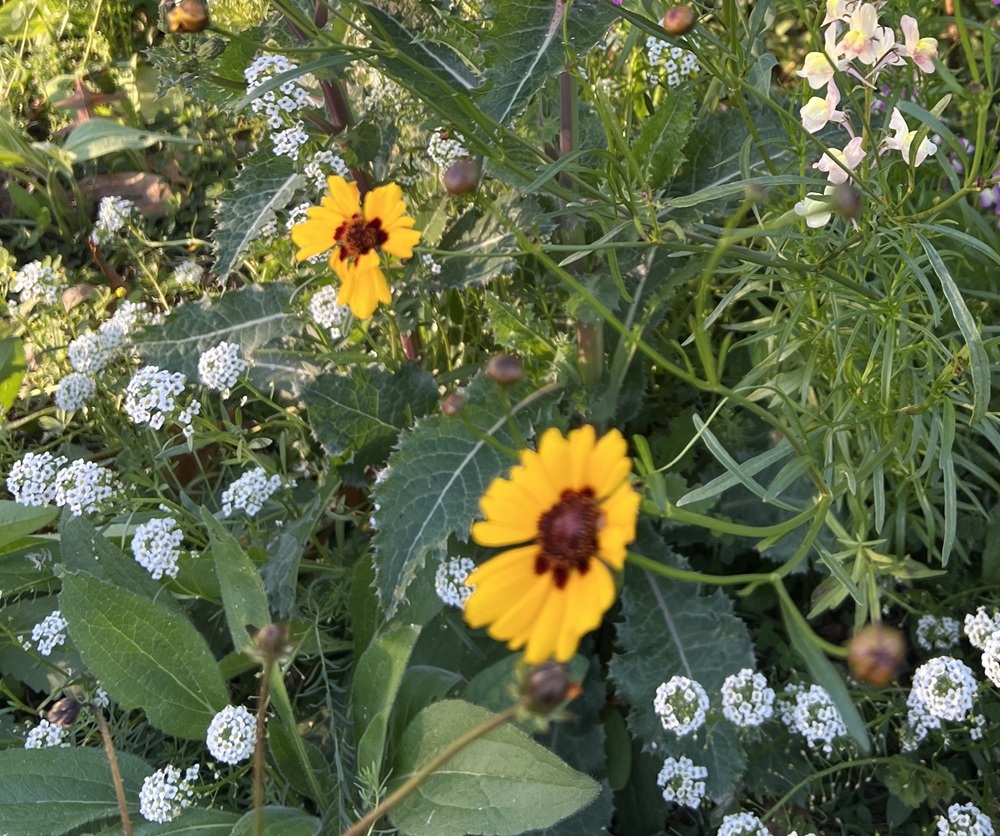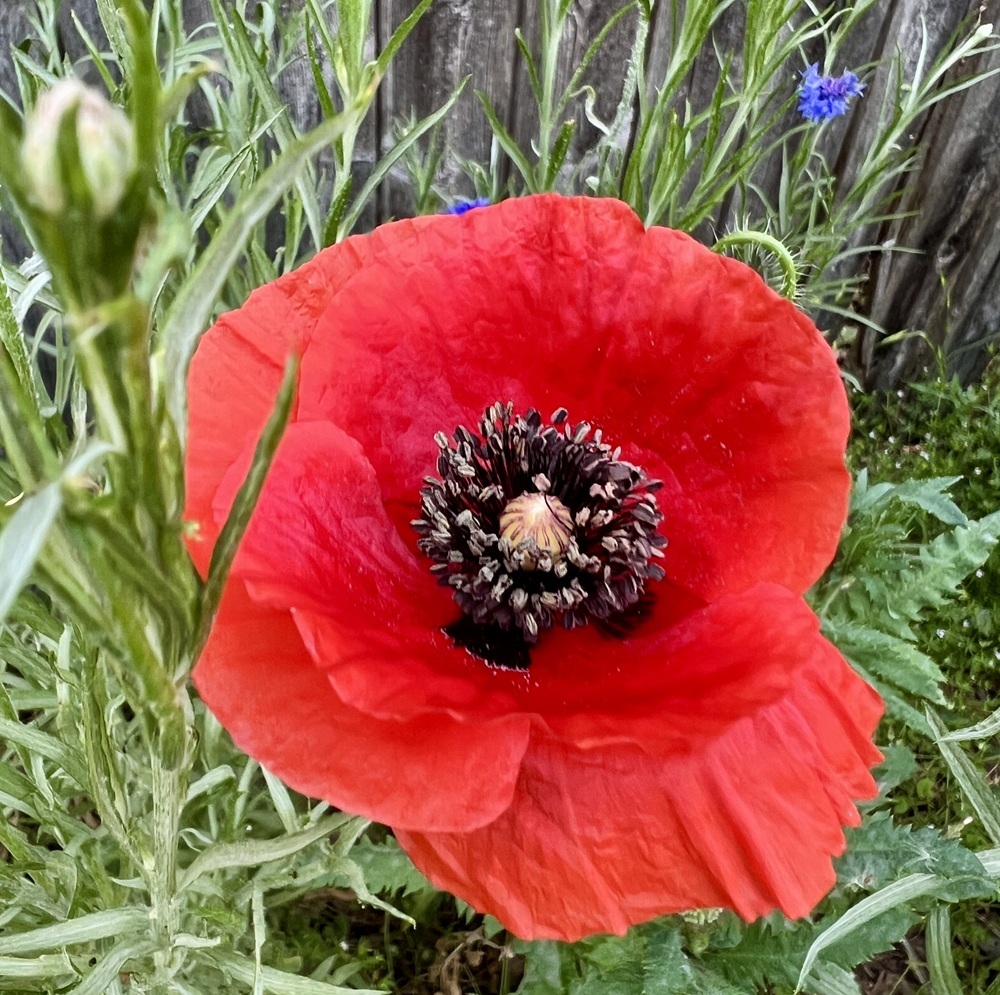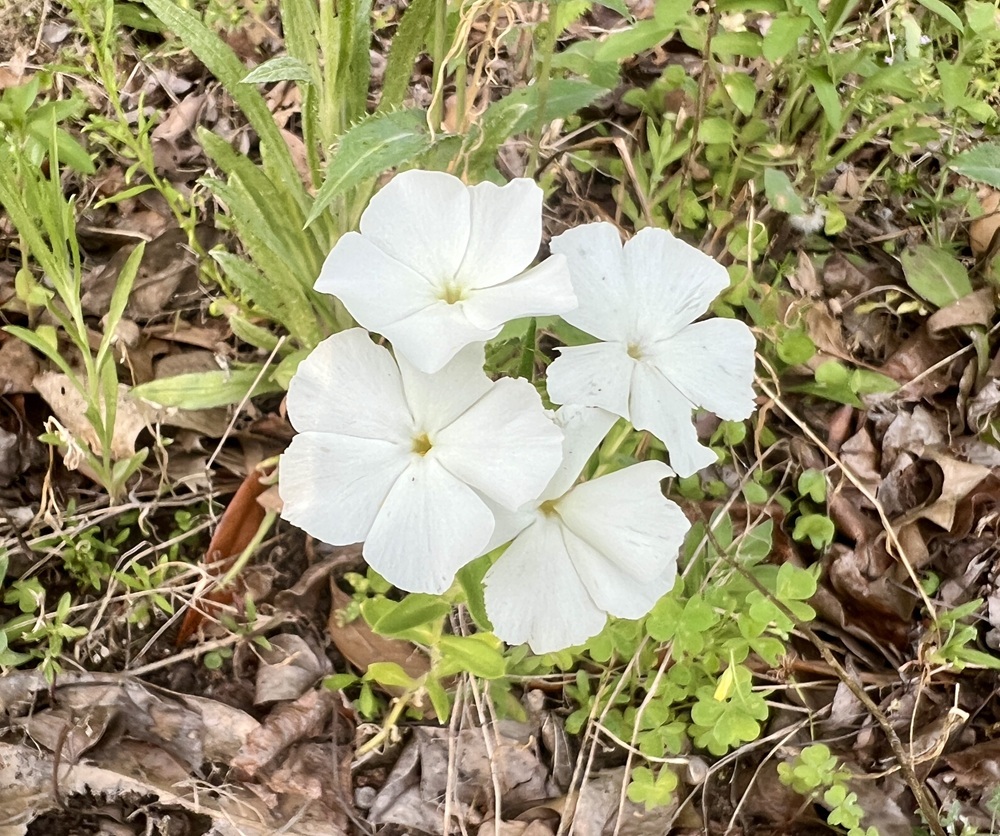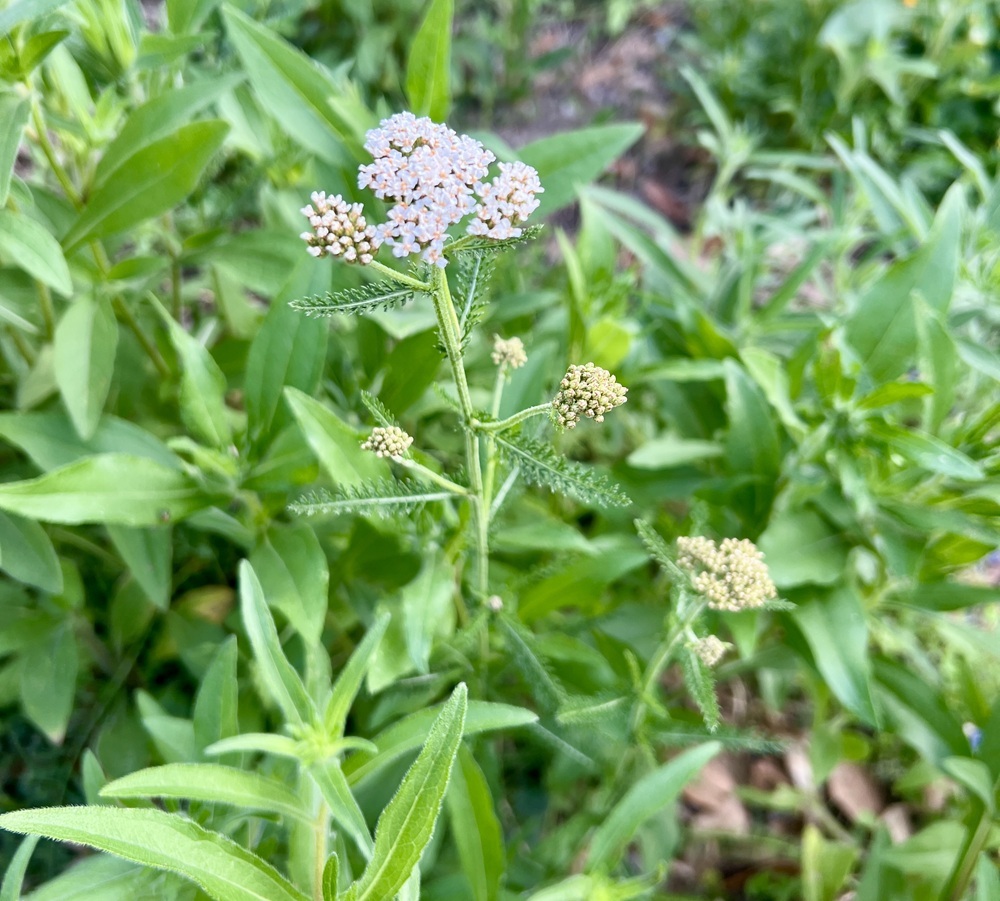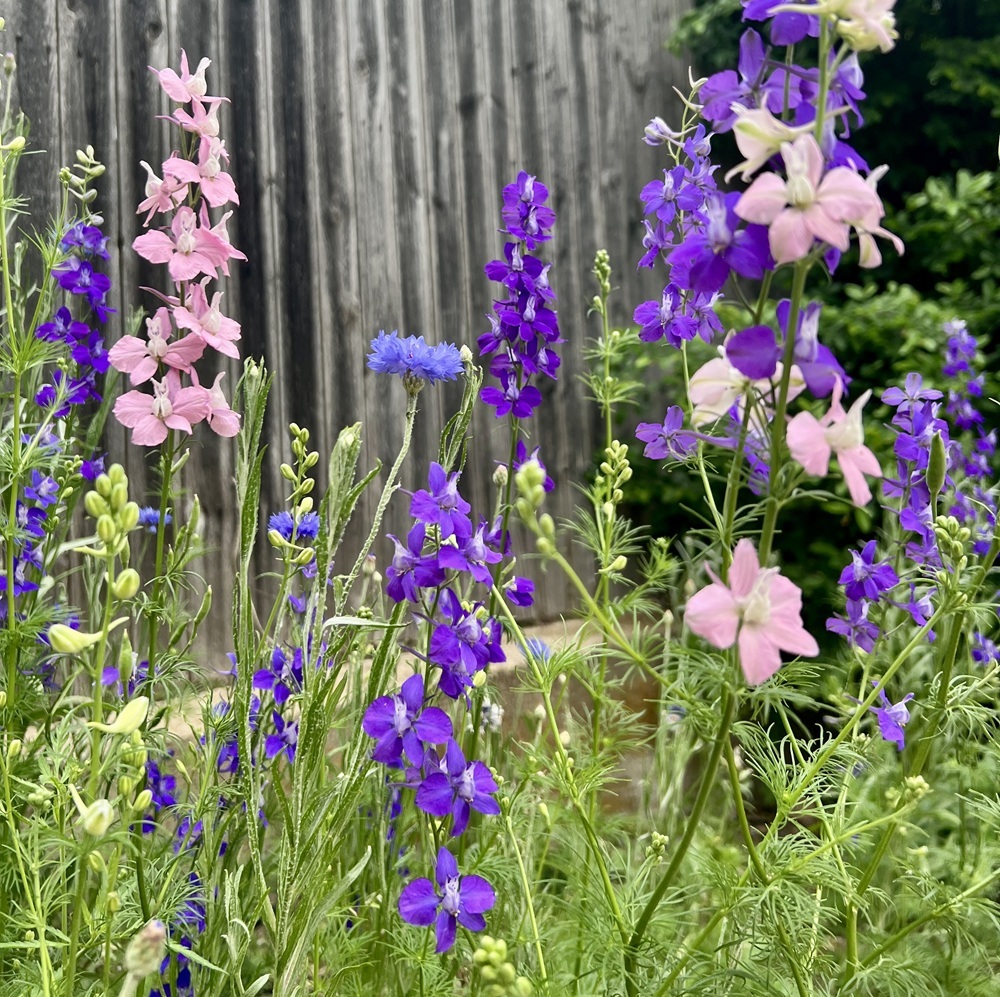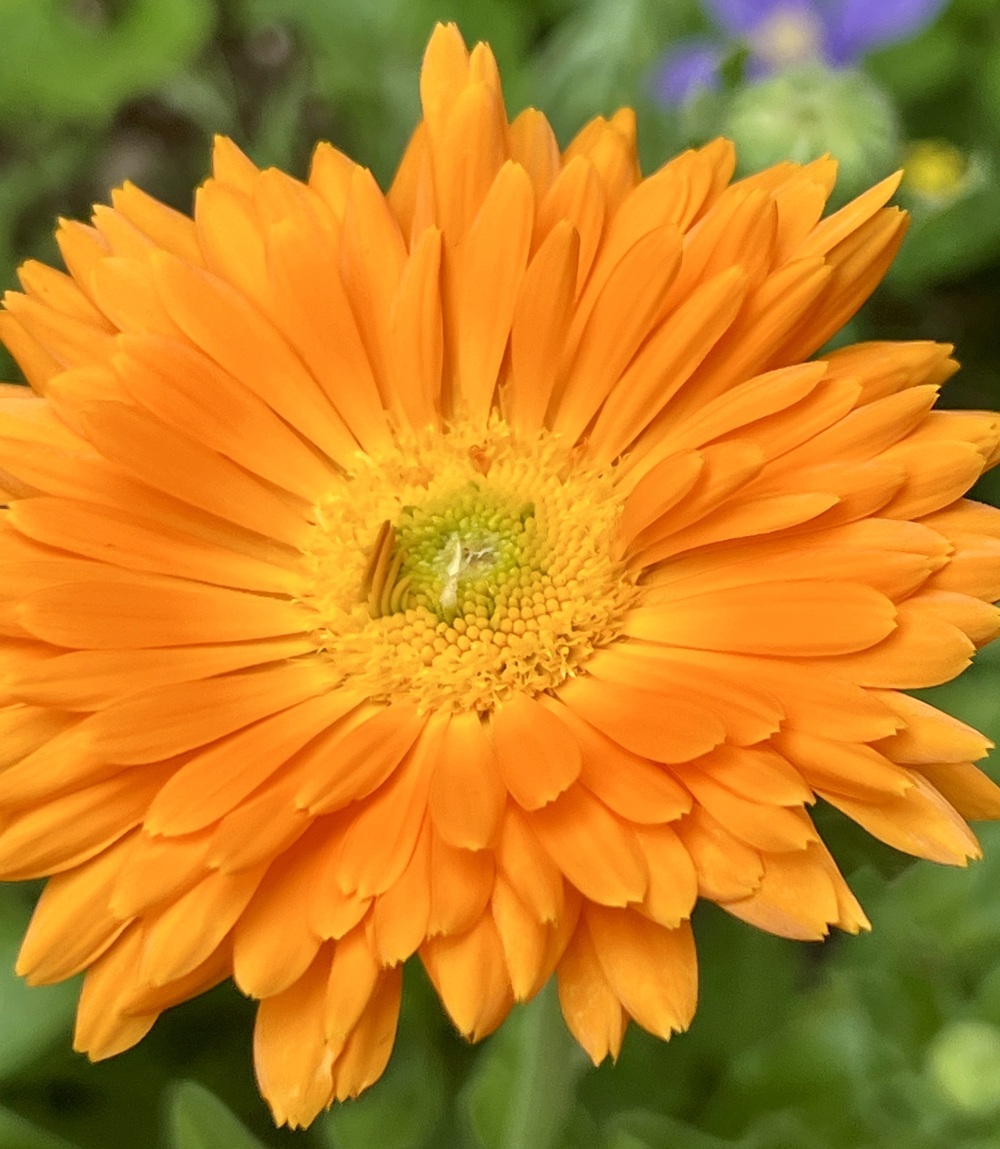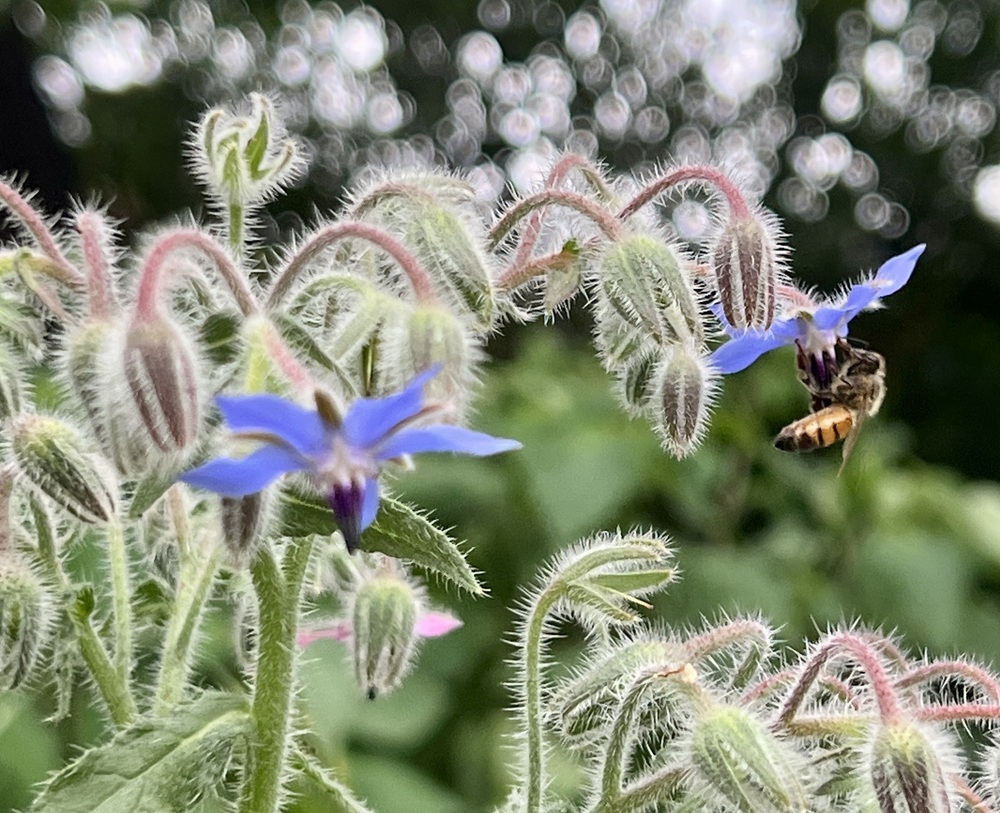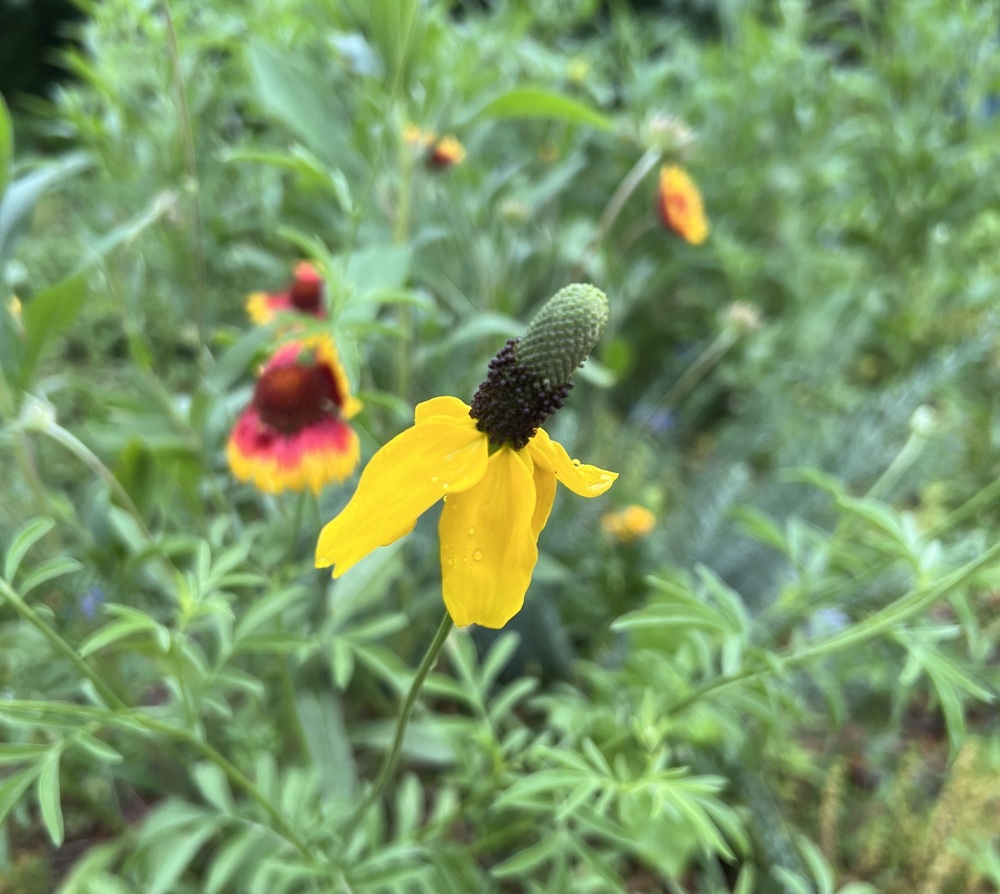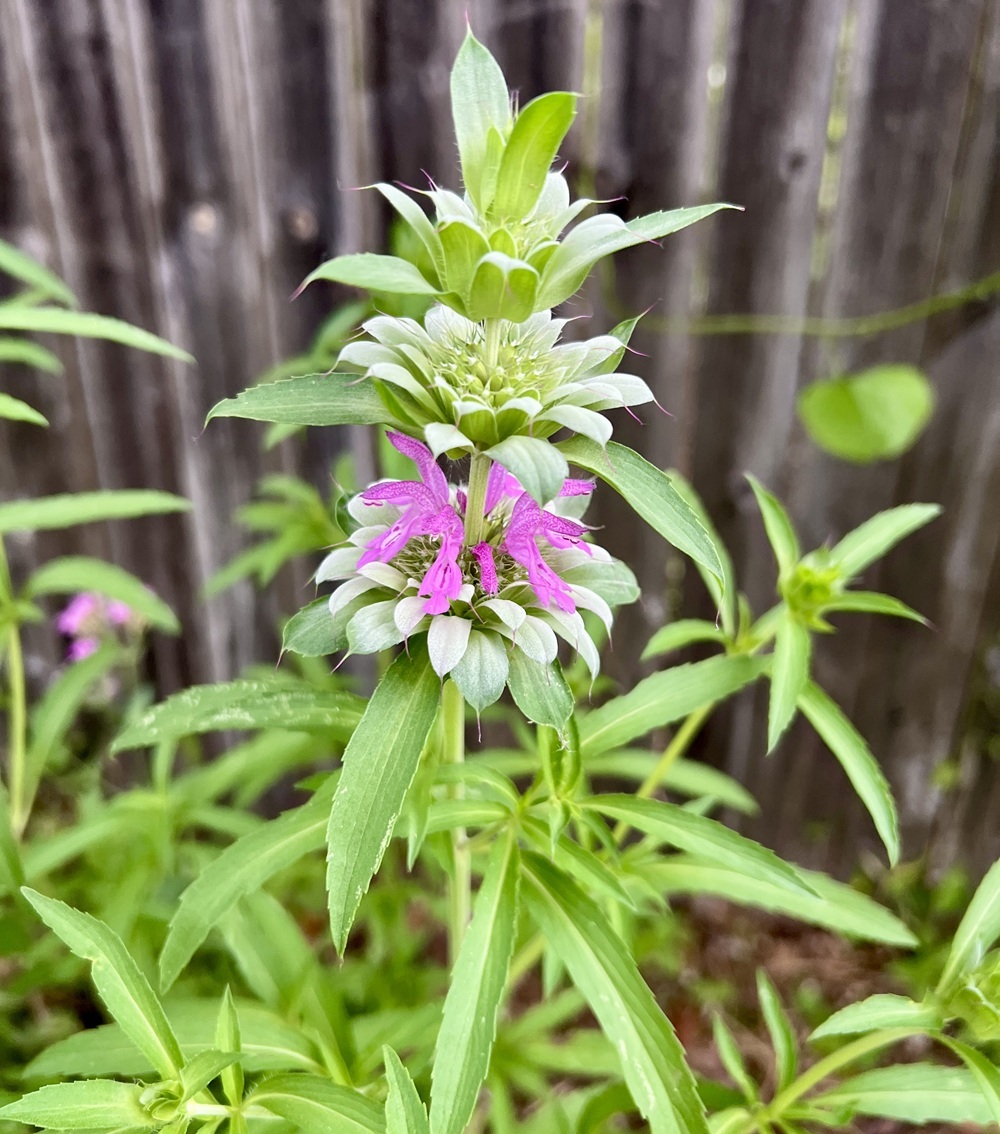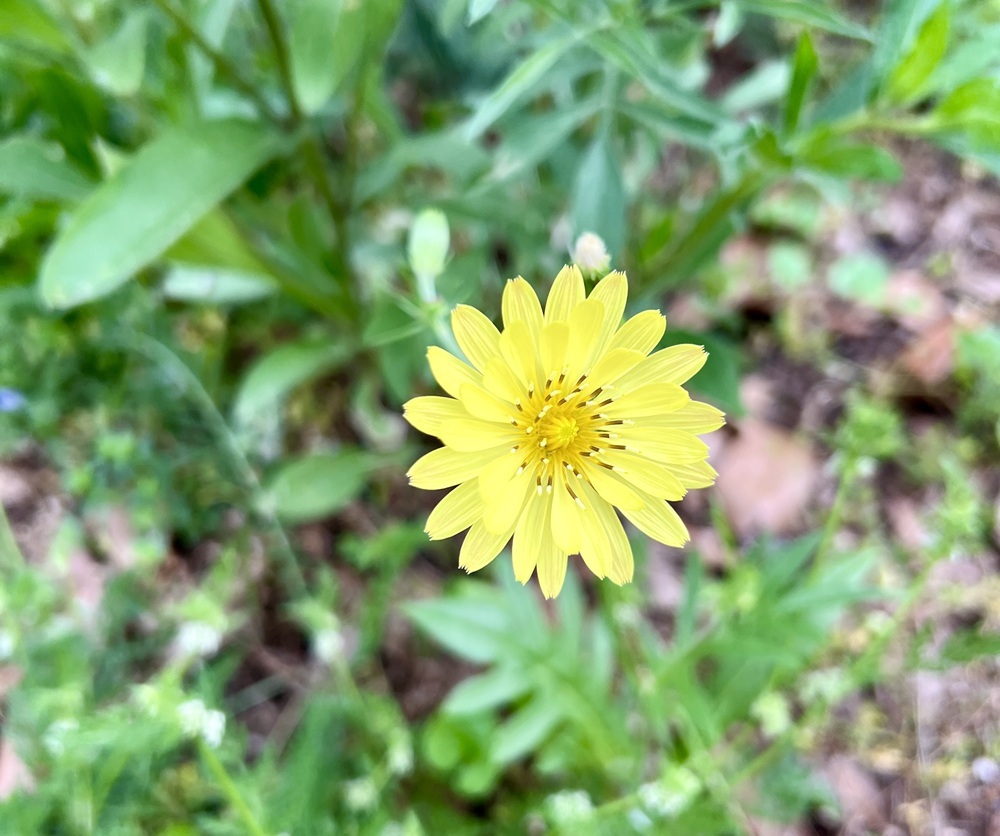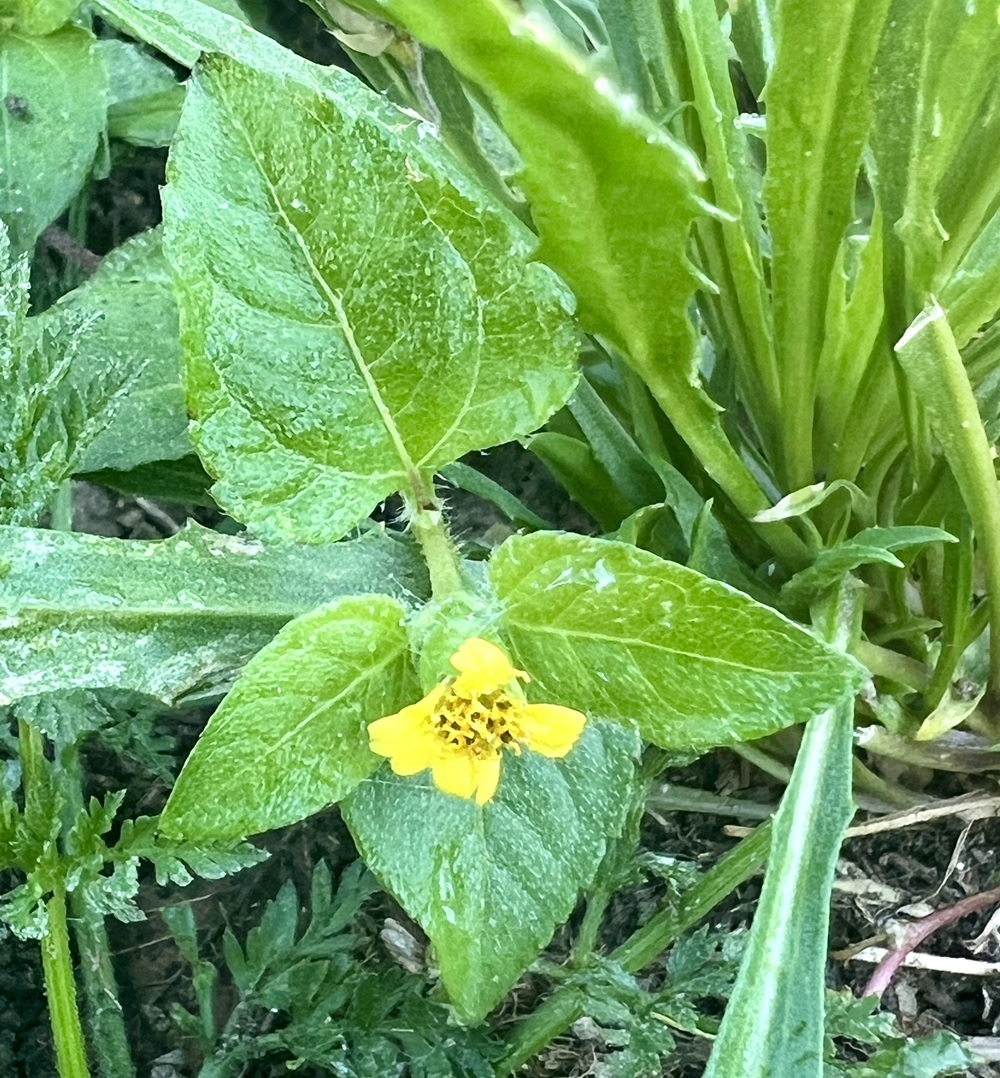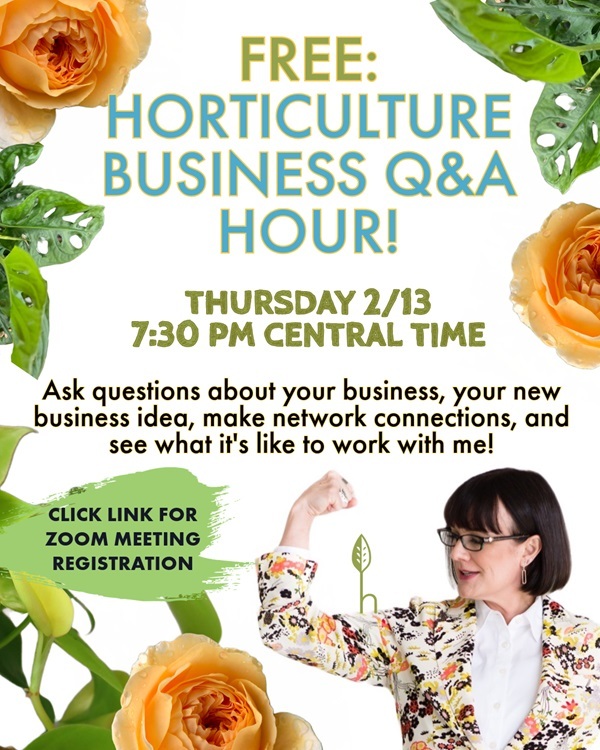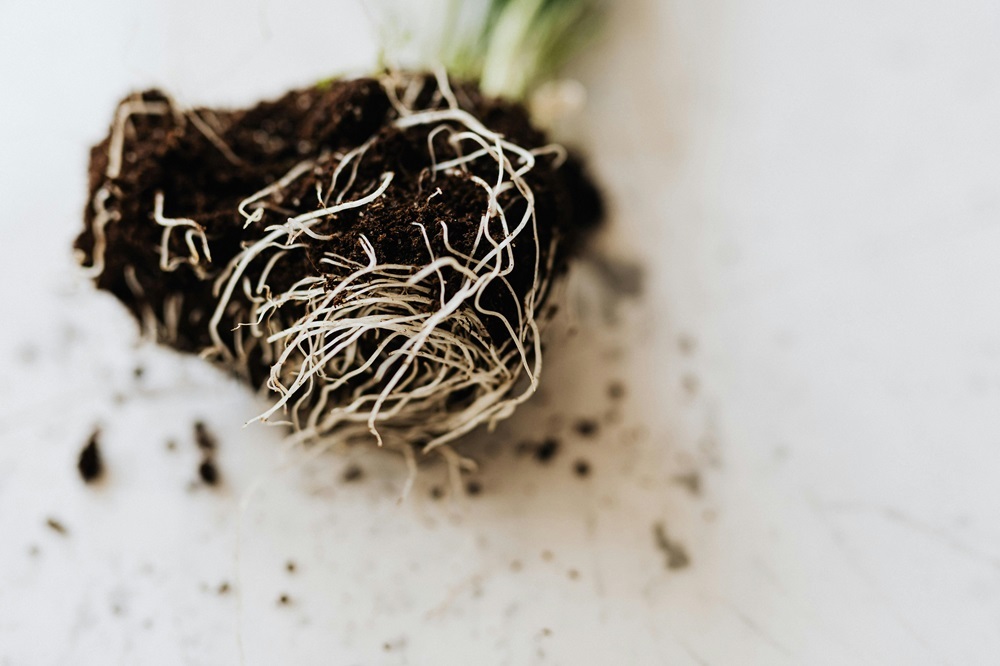Grow Your Greens: My Breakfast Veggie Pile!
September 23, 2025
Time to Seed Your Salad Greens

This is my salad greens (spinach) breakfast pile!
PC: Leslie F. Halleck
Grow Your own VEG
Here in southern warm climates, it's time to start your fall veggie garden, which should include lots of salad greens! Mid-September, depending in temperatures is usually a good time to start direct seeding Brassicas, root crops, and leafy green such as lettuces, kale, collards, Swiss chard and spinach, to name a few.
This year (2025) as is often the case we're in the third week of September and it's still pretty warm. It looks like night temperatures will finally drop just below 70F later in the week, which is your signal (as long as day temps start to drop below 90F) that you're good to start seeding your first succession of cool season crops.
So that's my plan for this coming weekend (Sept. 27th) - I'll be direct seeding a ton of salad greens outdoors as well as other crops (gotta have my turnips and greens too) along with cool season perennial rye grass in areas I need to mitigate soil erosion, AND a new round of wildflower seeds for my wildscape easement.
Tip: Spinach likes it a little cooler, so you may wait until temperatures drop a bit more to seed it, however arugula is much more heat tolerate and I usually start seeding it at the beginning of September (seeds that dropped from the previous winter/spring crop usually start sprouting on their own end of August-early September so I already have a small patch going).
In my hot climate, I can grow the tomatoes, cucumbers, and peppers in my outside vegetable garden through summer- but it's way too lot for the cool season greens. So to have those fresh through summer, they have to be grown in the indoor garden, or purchased. Conversely, I can grow ALL the greens I need in my outdoor garden from about October-May in my Texas climate.
That's NINE months of homegrown greens. During these cool months, the tomatoes, peppers, and cucumbers need to be grown indoors under grow lights.
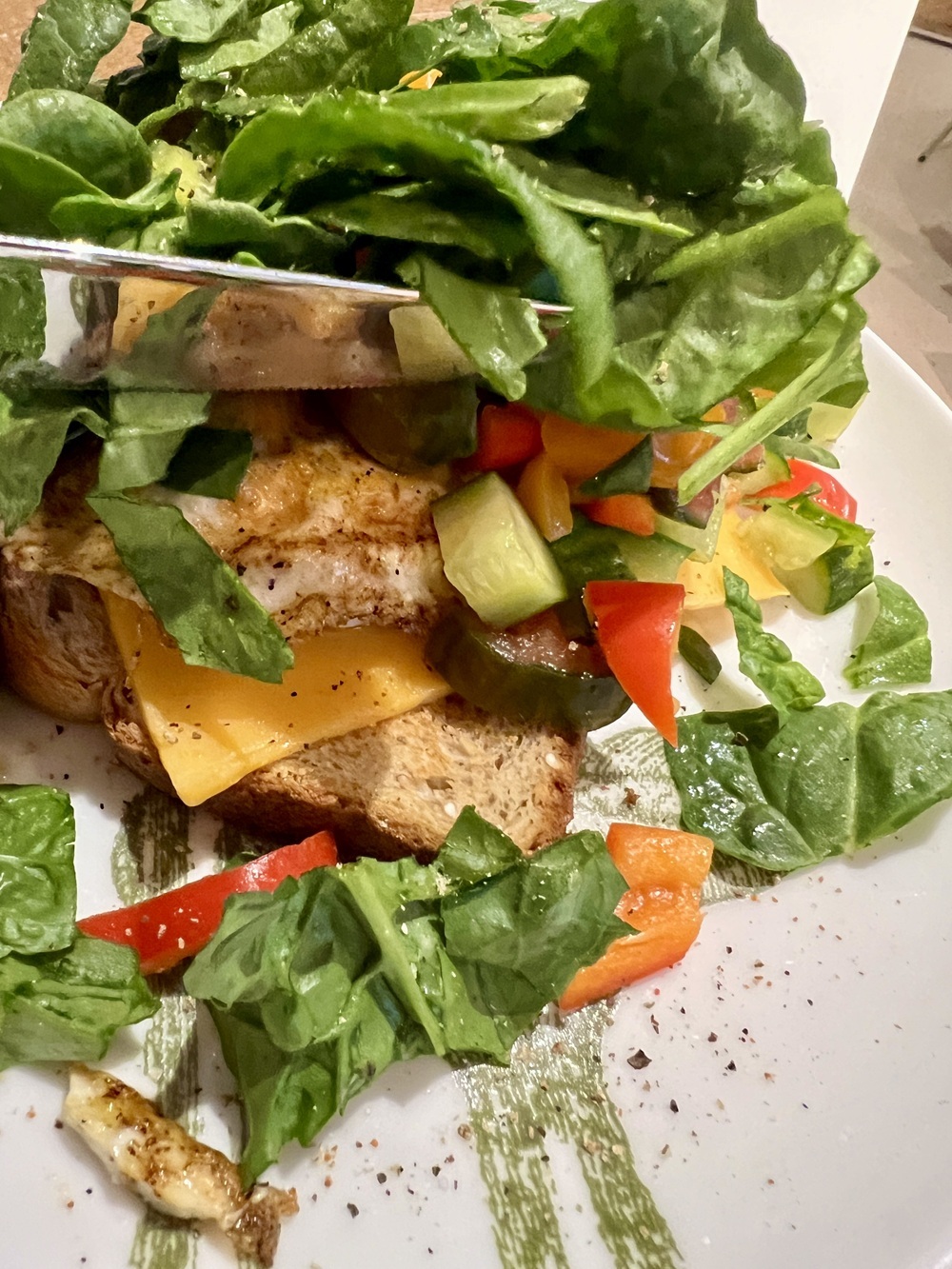
My pile of veggies hids a coupe of eggs, cheese, and wheat toast.
PC: Leslie F. Halleck
Green up Your Breakfast
Why do I have to grow a lot of salad greens? Well folks, as you can see in the photos, I start out my days with a PILE of salad greens! Plus other veg/fruits such as cucumber, tomatoes, and peppers.
Salad for breakfast? You bet. I personally deal with PCOS, thyroid challenges, AND menopause (whew) and all of this requires I manage a healthy diet that balances plenty of fiber-rich healthy carbs with the right amounts of fat and protein. Overall, I manage a diet that's on the lower-carb side, but I eat lots of veggies and certain fruits. Bread can certainly be a part of that, either whole wheat, mixed grains, or my homemade sourdough; I just load those carbs earlier in the day (combined with fat/protein) and at lunch, with a focus on less carb/more protein in the evening, but I can pretty much have as much salad greens and veg any meal of the day. Macros are usually 65-100g Carb/90-100g protein/90g fat. Anyway, it just means I need a regular supply of plenty of greens and I gotta grow 'em!
Stretch Your Food Budget
With food and grocery prices continually on the rise right now (seriously my grocery bill is getting painful), there's no reason you can't reduce some of those costs by growing some produce. It's not always less expensive to grow things like tomatoes (especially if you're a new gardener and you have a lot of costs associated with getting set up, materials, soils, etc.) BUT, lettuces is practically the easiest food you can grow. If you grow it in the right season, it takes minimal care, water, or fertilizer. And, you can grow it cut-and-come-again style, meaning you don't pull up the whole lettuce plant when you harvest - you simply cut the leaves you need from it and the plant continues to grow. So relatively speaking, for the price of a couple of seed packs, you can stay in fresh greens for many months for much less than buying from the grocery store. Not to mention, probably incur much less waste.
Year-Round Vegetable Seeding and Planting Calendar
If you want to learn more about when to seed and transplant just about anything for your year-round vegetable garden (indoors and out), check out my year-round planting calendar. There's a link to my free PDF calendar download at the bottom!
Pro-Grower Tip for Lettuce
Know that seeds of lettuce species typically require light for successful germination (specifically exposure to red light). That means you don't want to bury the seeds and cover them with soil. Simply sprinkle them on the soil surface, either in your garden or pots for indoor growing and keep the surface moist.
For all you need to know about starting seeds outdoors or inside, or growing any of your veggie crops indoors, check out my books:
Plant Parenting
Gardening Under Lights
AND my Fall Book Bundle Special

